Welcome to the Top 10 Question where you explore different amazing things. Let’s explore Top 10 worst national parks in the world. Moreover, you can explore different ideas about some of the amazing parks of world.
Read More About Top 10 Famous Landmarks in Denmark
Top 10 Worst National Parks in the World
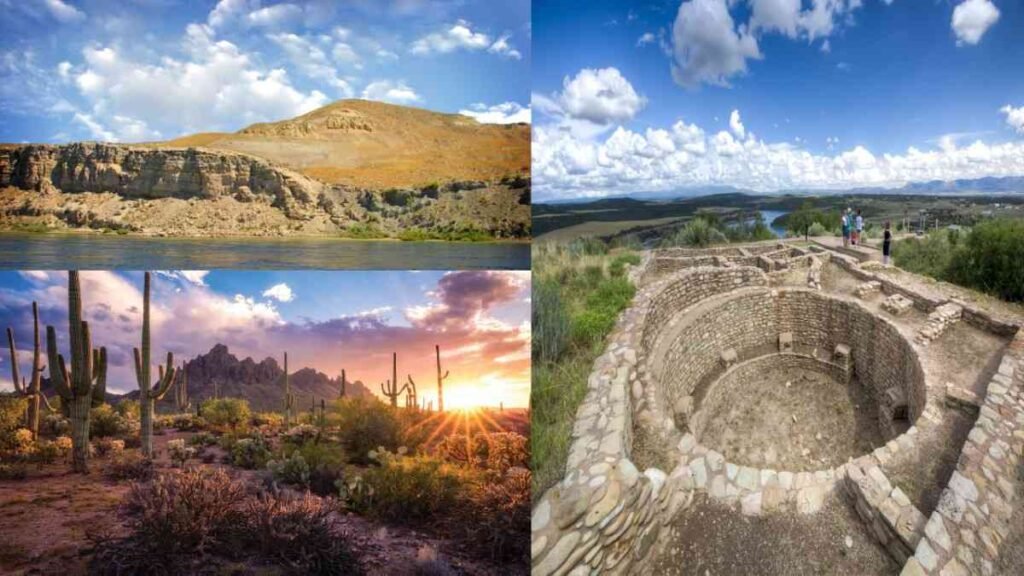
It’s important to note that opinions on the quality or value of such places can vary widely depending on personal preferences, experiences, and cultural backgrounds. While there are undoubtedly challenges facing some parks, labeling them as the “worst” can be subjective and may not fully capture their unique natural or cultural significance. However, top 10 question can provide information on some of them that face significant challenges or controversies:
Sundarbans National Park, Bangladesh/India
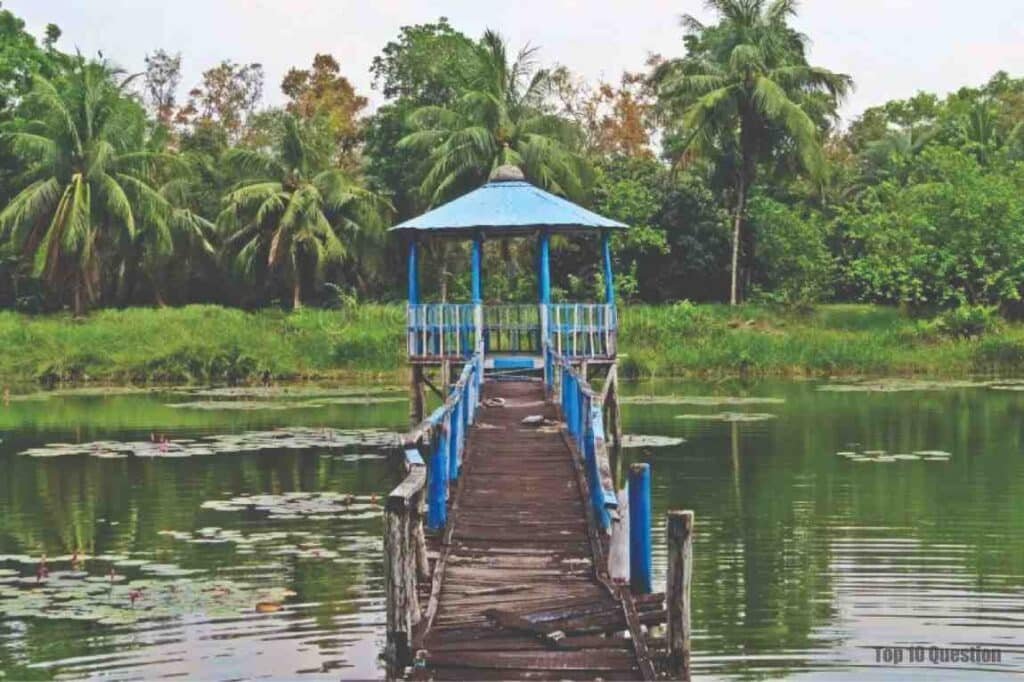
While Sundarbans is a UNESCO World Heritage Site and the largest mangrove forest in the world, it faces challenges such as habitat destruction, pollution, and threats to wildlife including the Bengal tiger and the Ganges River dolphin. Human-wildlife conflicts are also prevalent.
Chernobyl Exclusion Zone, Ukraine
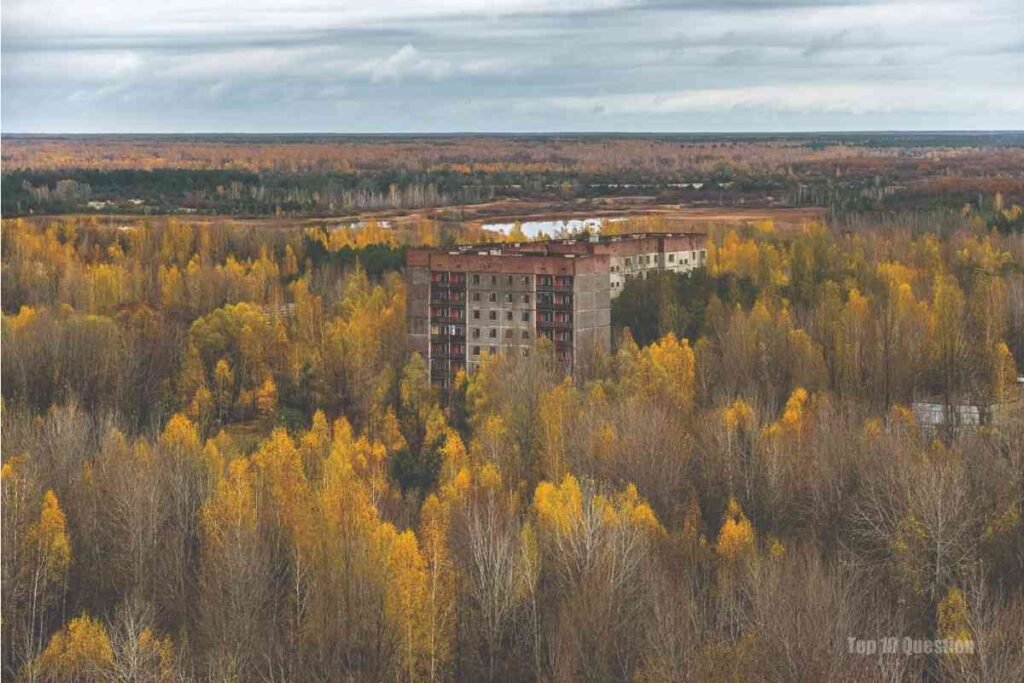
While not a traditional park, the Chernobyl Exclusion Zone has gained attention for its eerie beauty and wildlife resurgence following the 1986 nuclear disaster. However, radiation levels pose significant risks to human health, and access is heavily restricted.
Virunga National Park, Democratic Republic of the Congo
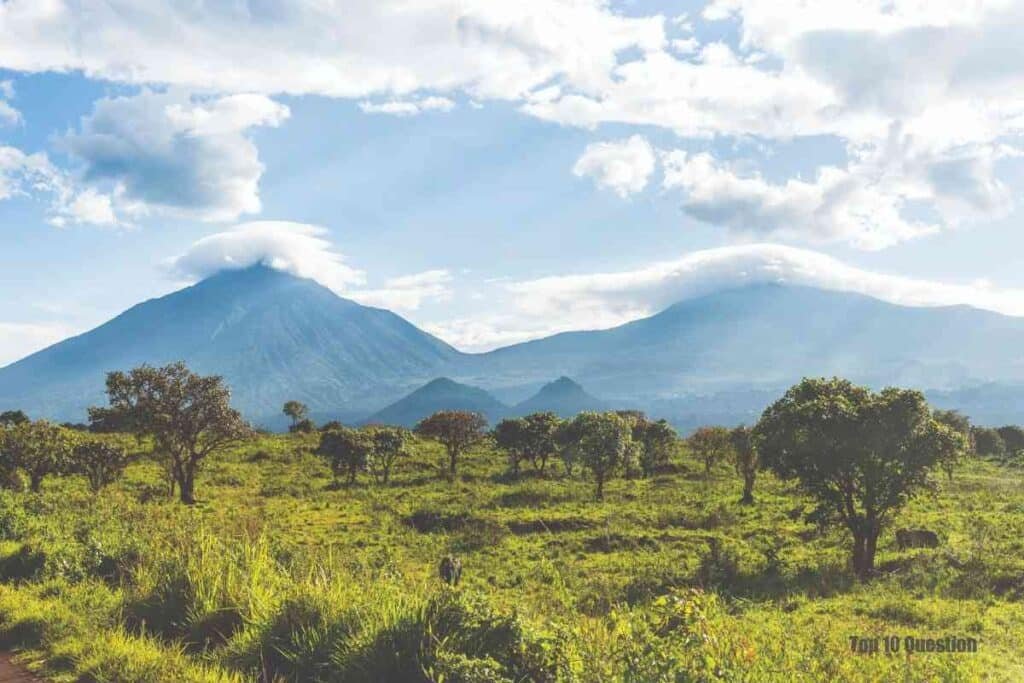
This park is home to endangered mountain gorillas, but it faces threats from armed conflict, poaching, and habitat destruction. Park rangers have been targeted and killed in the line of duty, and political instability in the region adds to its challenges.
Kaziranga National Park, India
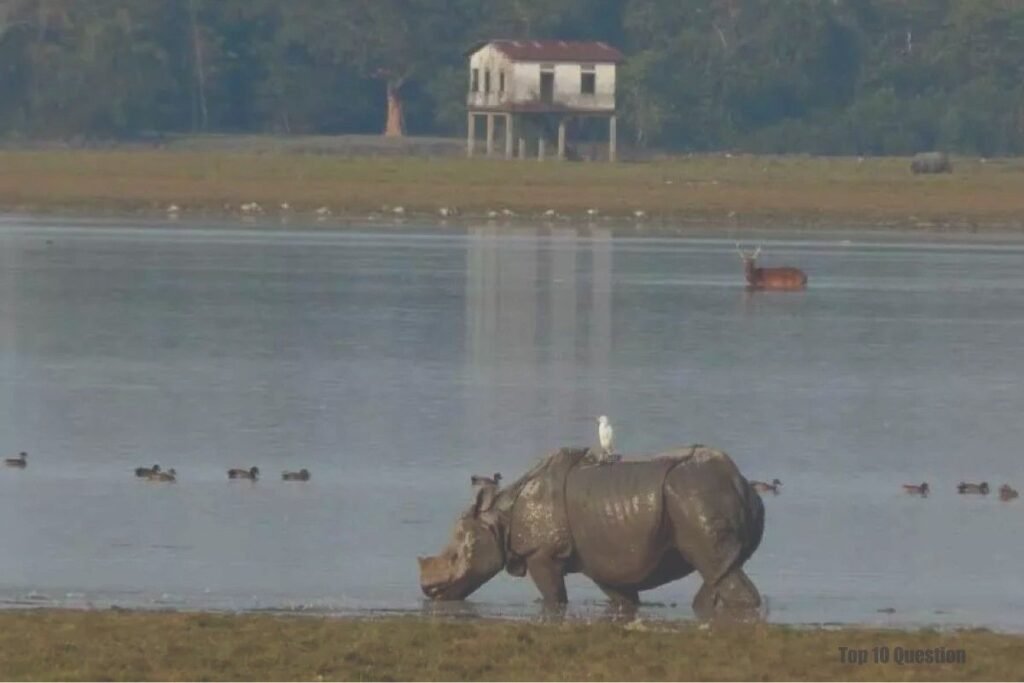
Known for its population of Indian one-horned rhinoceroses, Kaziranga faces issues such as poaching, habitat fragmentation, and human-wildlife conflicts. Annual flooding also poses a threat to both wildlife and local communities.
Yellowstone National Park, United States
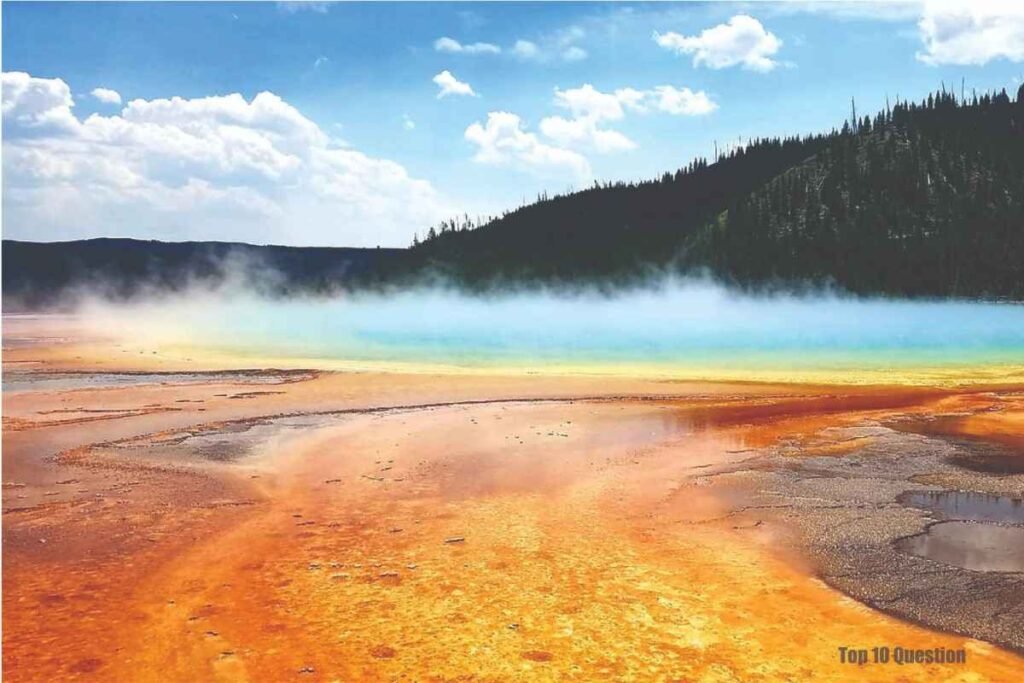
While Yellowstone is one of the Top 10 Worst National Parks in the World globally, it faces challenges such as overcrowding, traffic congestion, and ecological issues like invasive species and habitat degradation due to overgrazing by elk and bison.
Great Barrier Reef Marine Park, Australia
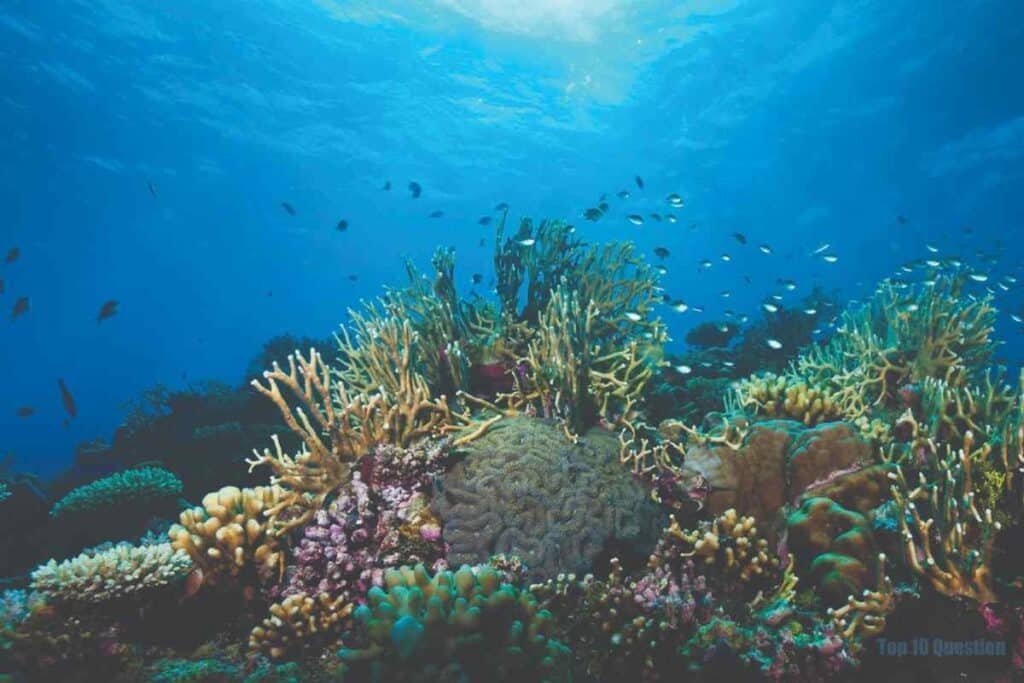
Although primarily a marine protected area, the Great Barrier Reef faces threats such as coral bleaching due to climate change, pollution from agricultural runoff, and impacts from coastal development and shipping.
Galápagos National Park, Ecuador
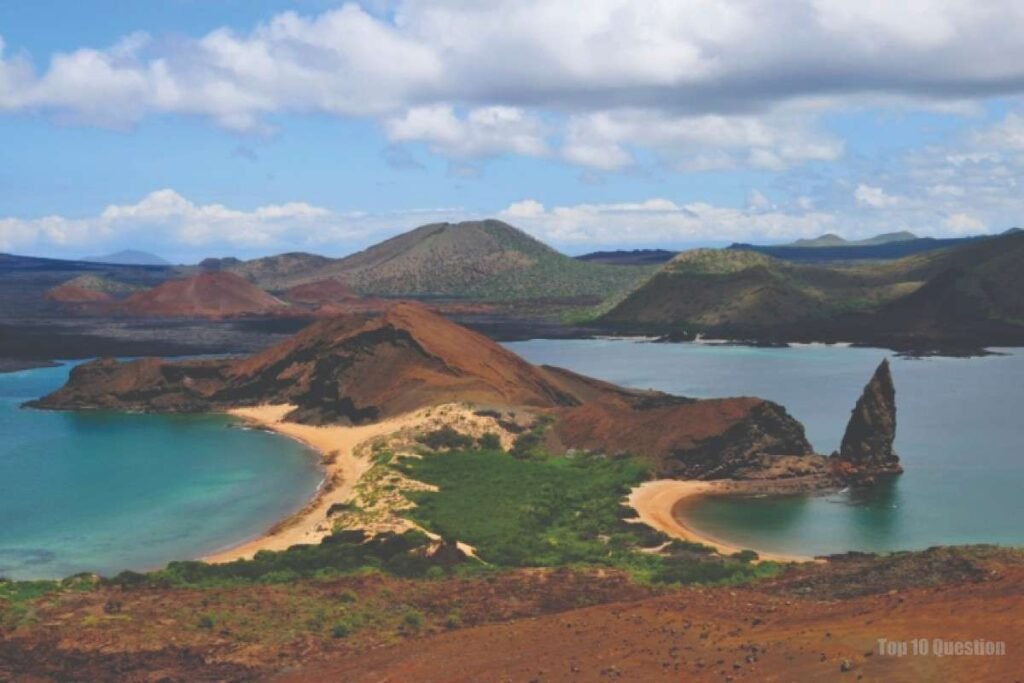
Despite its incredible biodiversity and scientific significance, the Galápagos Islands face threats from invasive species, illegal fishing, tourism pressure, and challenges related to climate change.
Everglades National Park, United States
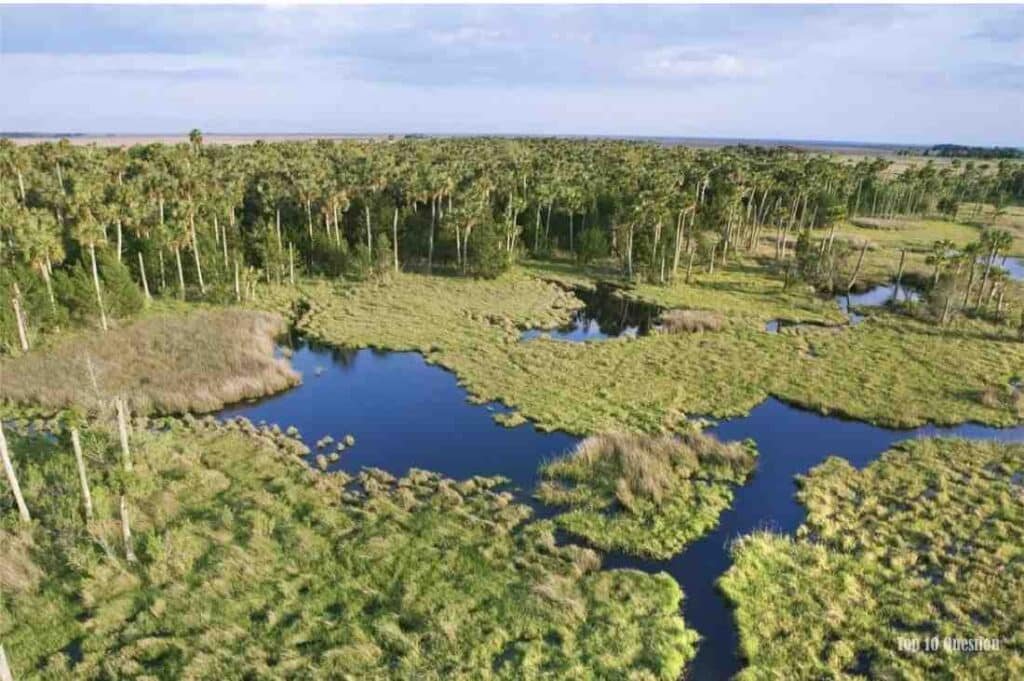
The Everglades is one of the most unique ecosystems in the world, but it faces challenges such as habitat loss due to urban development and agricultural runoff, invasive species like Burmese pythons, and water management issues.
Lake Baikal National Park, Russia
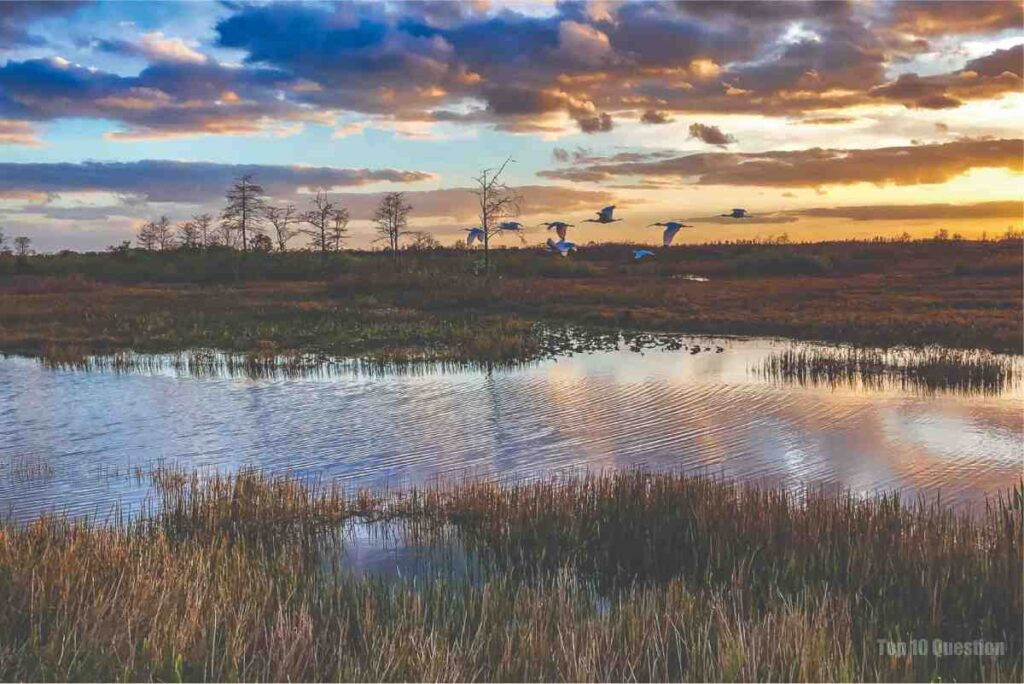
Lake Baikal is the deepest and oldest freshwater lake in the world, but it faces threats such as pollution from industrial activities, logging, and climate change impacts such as reduced ice cover and altered water levels.
Iguazú National Park, Argentina/Brazil
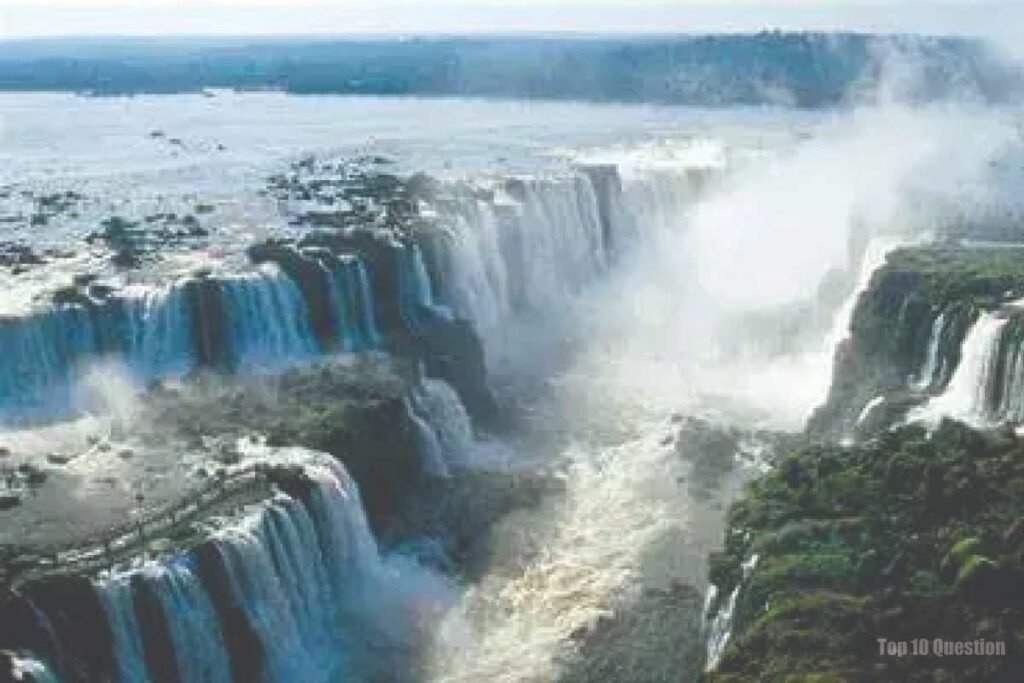
While renowned for its stunning waterfalls and biodiversity, Iguazú National Park faces challenges such as deforestation, habitat fragmentation, and tourism-related pressures on its delicate ecosystems.
It’s important to recognize that many of such parks face significant challenges, but efforts are often underway to address these issues through conservation initiatives, sustainable tourism practices, and community engagement. Additionally, while some parks may face serious threats, they still hold immense value in terms of biodiversity conservation, cultural heritage preservation, and scientific research.
Read More About 10 of the Most Popular Things in the World
Most Beautiful USA National Parks
In accordance with top 10 question, The United States is home to numerous breathtaking and beautiful places, each offering stunning landscapes, diverse ecosystems, and unique experiences. While opinions on beauty can be subjective, the following list highlights ten of the most renowned and visually stunning national parks in the USA:
Yellowstone National Park (Wyoming, Montana, Idaho)
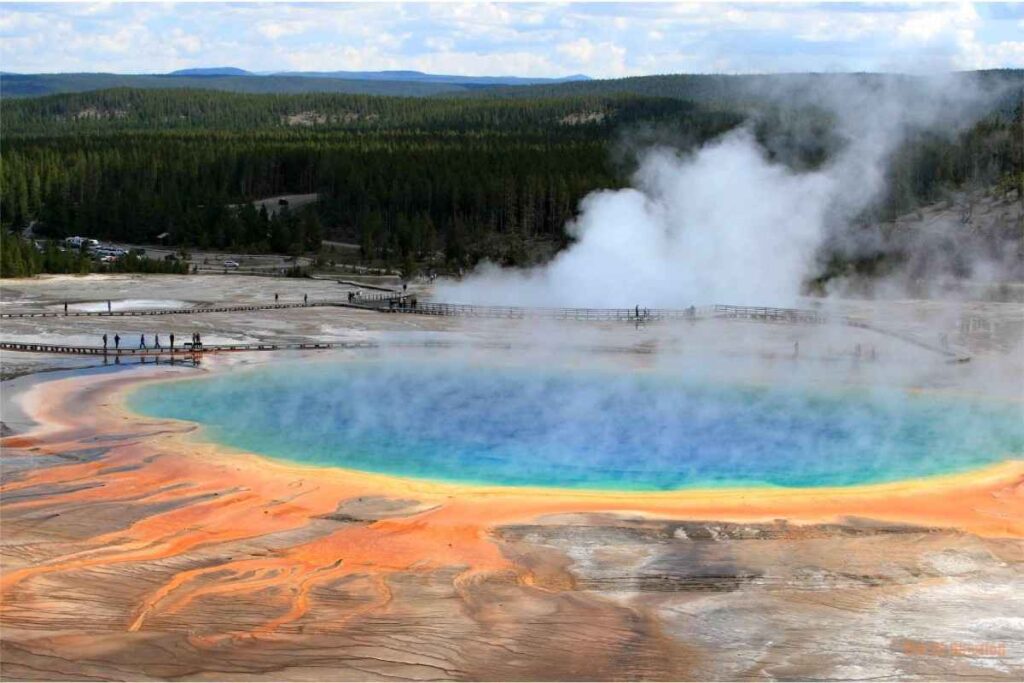
Known as the first national park in the world, Yellowstone is famed for its geothermal wonders, including geysers like Old Faithful and colorful hot springs such as the Grand Prismatic Spring. It also boasts a diverse range of wildlife, including bison, elk, bears, and wolves.
Yosemite National Park (California)
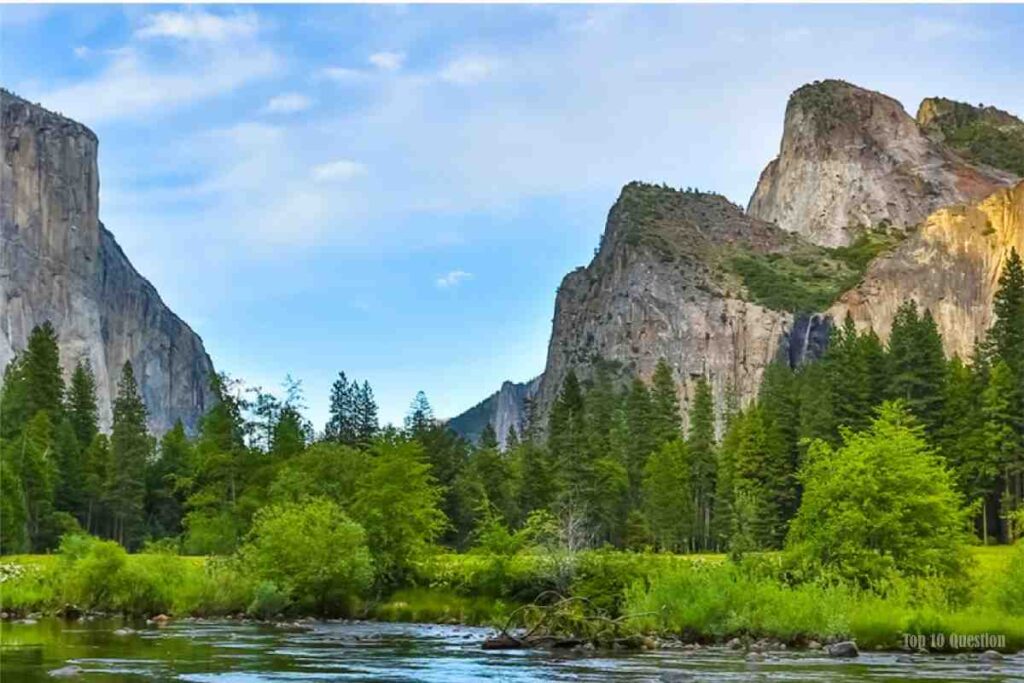
Yosemite’s iconic granite cliffs, towering waterfalls like Yosemite Falls and Bridalveil Fall, and lush valleys captivate millions of visitors each year. Half Dome and El Capitan are famous rock formations that attract rock climbers and photographers from around the globe.
Grand Canyon National Park (Arizona)
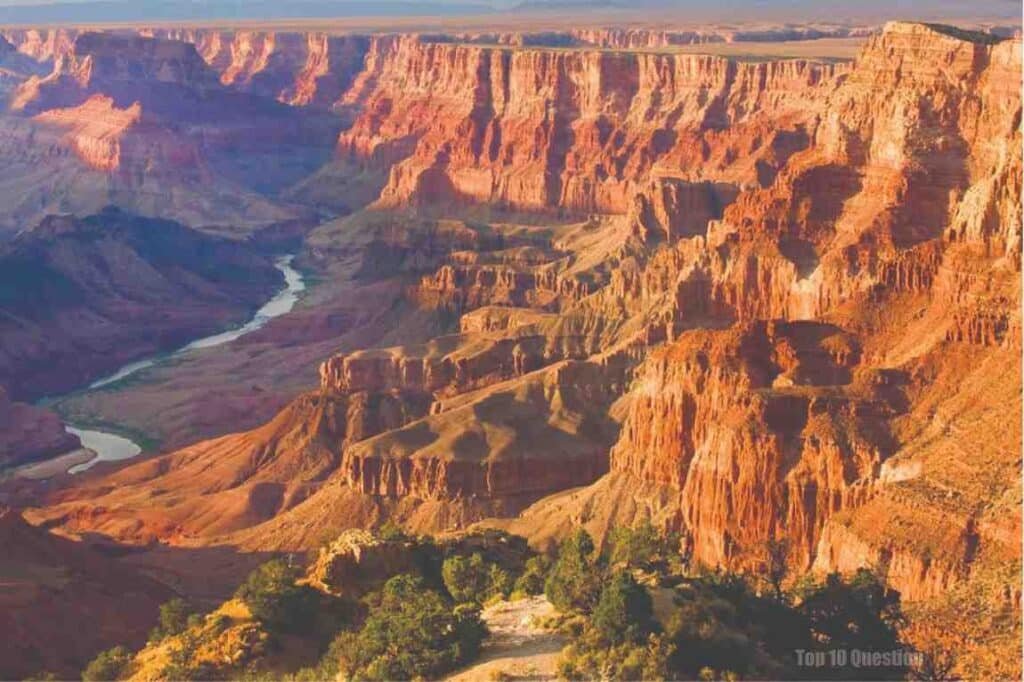
The Grand Canyon is a geological masterpiece, carved by the Colorado River over millions of years. Its vastness, intricate rock formations, and vibrant colors offer breathtaking vistas at every turn, especially during sunrise and sunset.
Grand Teton National Park (Wyoming)
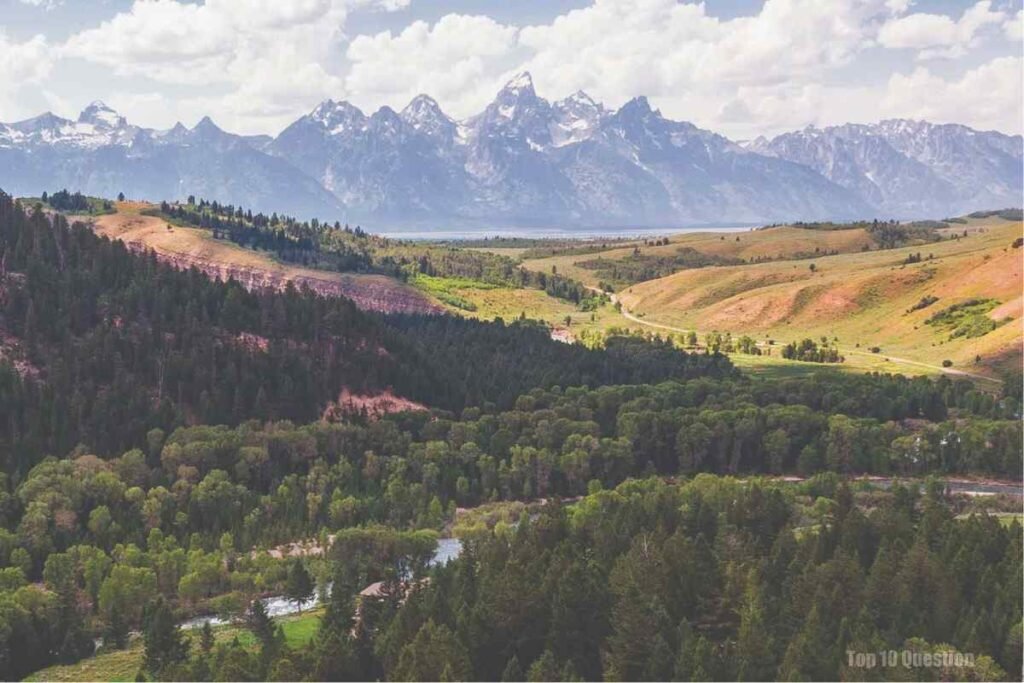
Grand Teton’s majestic peaks rise dramatically from the valley floor, creating a stunning backdrop for outdoor enthusiasts. Visitors can enjoy hiking, wildlife viewing, and scenic drives along the Teton Range, with highlights such as Jenny Lake and Jackson Hole.
Zion National Park (Utah)
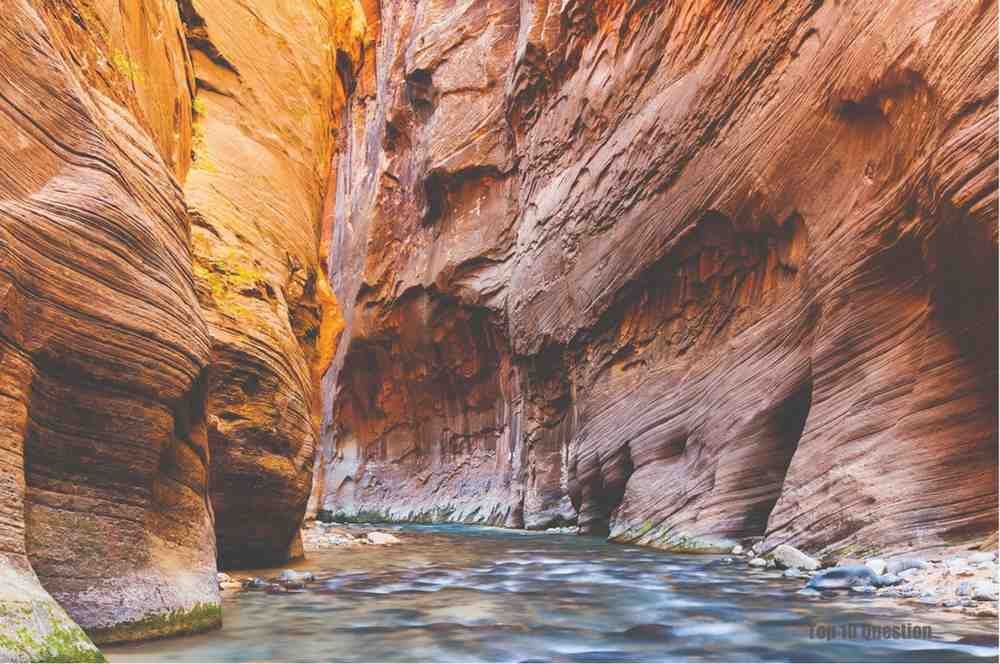
Zion’s towering sandstone cliffs, narrow slot canyons, and lush oases make it a paradise for hikers and photographers. The Virgin River has sculpted iconic formations like the Zion Narrows and Angel’s Landing, offering thrilling adventures amidst breathtaking scenery.
Glacier National Park (Montana)
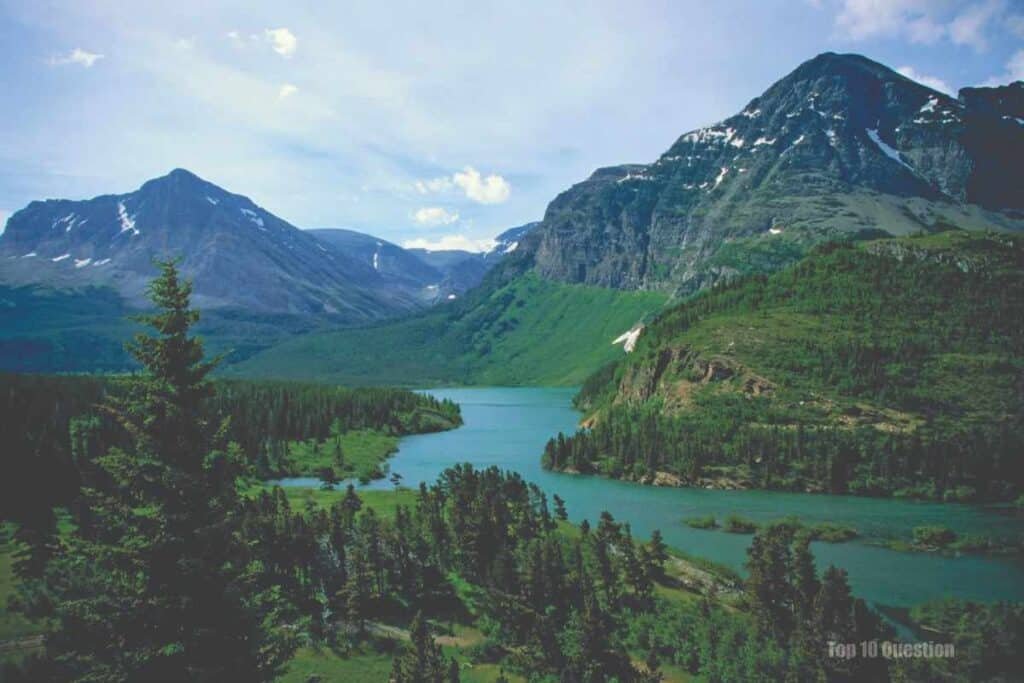
Glacier is renowned for its rugged mountains, pristine lakes, and expansive glaciers (though sadly, many are rapidly melting due to climate change). The Going-to-the-Sun Road offers breathtaking vistas of snow-capped peaks and alpine meadows.
Arches National Park (Utah)
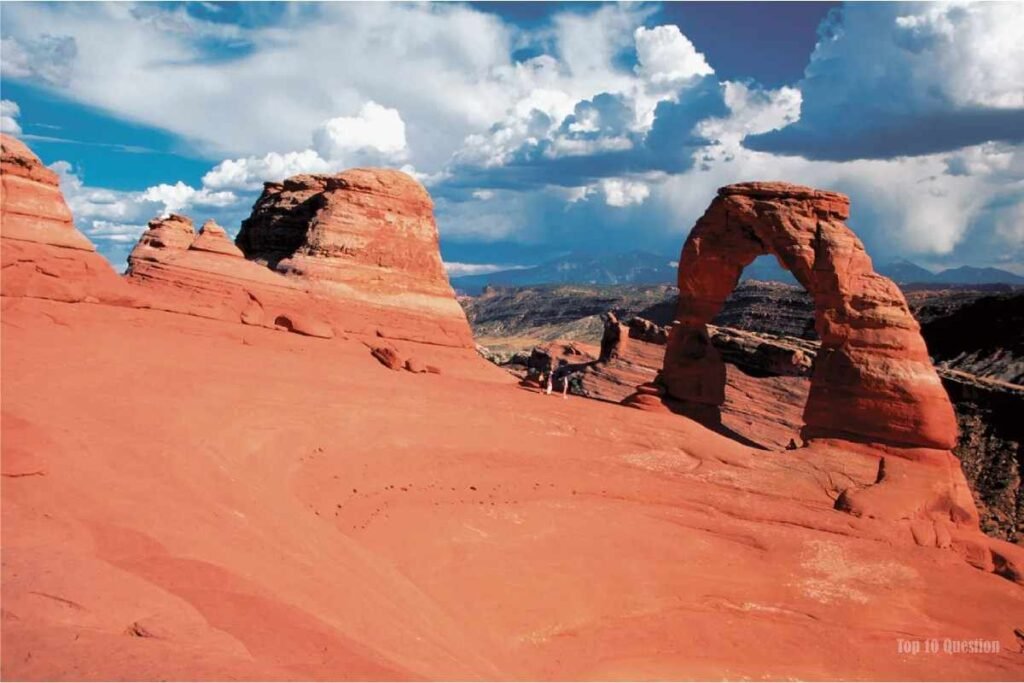
Arches is home to over 2,000 natural sandstone arches, sculpted by wind and erosion over millions of years. Delicate Arch, Landscape Arch, and Balanced Rock are just a few of the park’s iconic formations, creating a surreal and mesmerizing landscape.
Denali National Park and Preserve (Alaska)
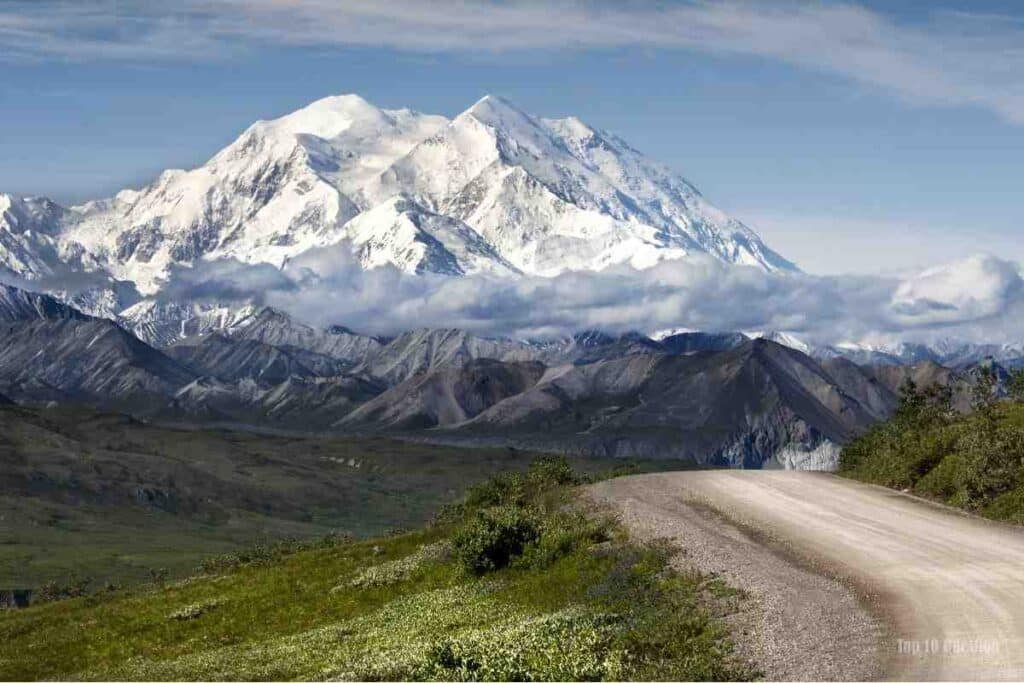
Denali, the tallest peak in North America, dominates the landscape of this vast wilderness park. Visitors can explore tundra, taiga forests, and alpine meadows while seeking glimpses of grizzly bears, moose, caribou, and Dall sheep.
Acadia National Park (Maine)
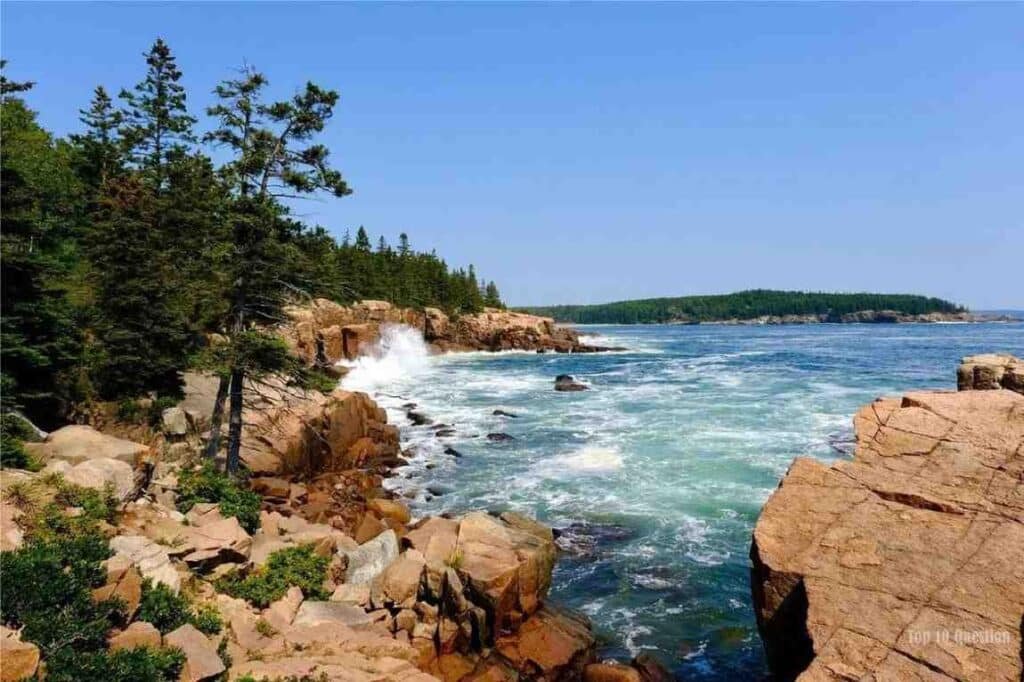
Acadia’s rugged coastline, rocky cliffs, and granite peaks offer stunning vistas of the Atlantic Ocean. Visitors can enjoy scenic drives along Park Loop Road, hike to the summit of Cadillac Mountain for sunrise, or explore the park’s historic carriage roads.
Bryce Canyon National Park (Utah)
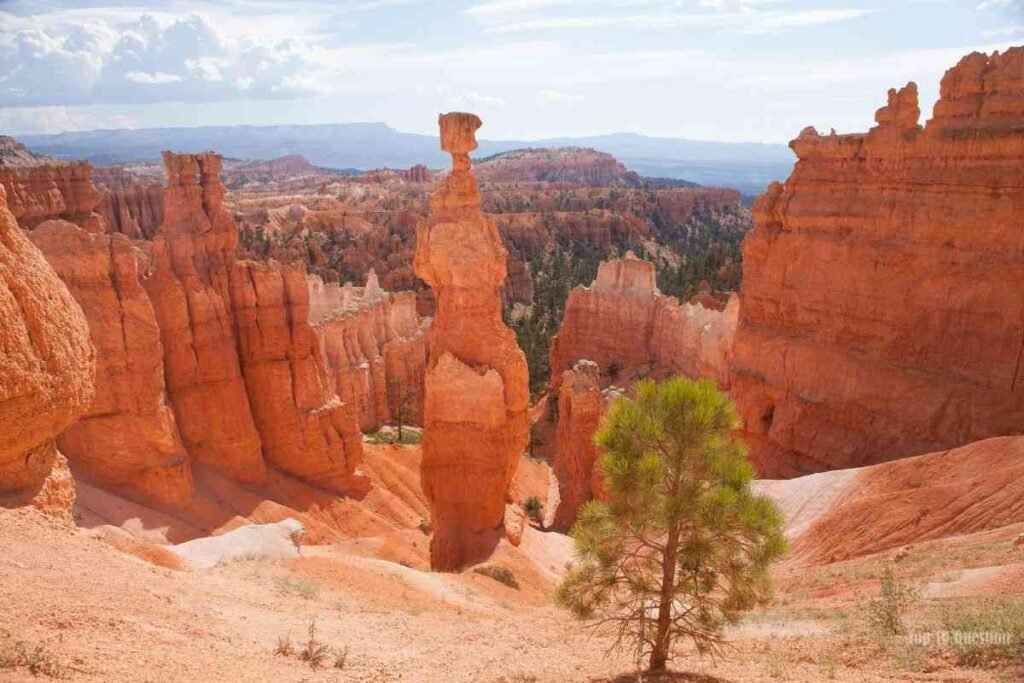
Bryce Canyon’s otherworldly landscape features a series of horseshoe-shaped amphitheaters filled with thousands of hoodoos (tall, thin spires of rock). Sunrise and sunset cast a magical glow on the colorful rock formations, creating a photographer’s paradise.
These places showcase the incredible natural beauty and diversity of landscapes found throughout the United States, inviting visitors to explore and appreciate the wonders of the great outdoors.
Read More About Top 10 Oldest Statues in the World
Worst National Parks in USA
It’s important to approach the concept of “worst” in Top 10 Worst National Parks in the World, with sensitivity, as each park holds unique value, even if it faces challenges. However, some parks may experience issues such as overcrowding, environmental degradation, or management challenges. Here top 10 question presents few national parks in the USA that have faced significant issues:
Everglades National Park (Florida)
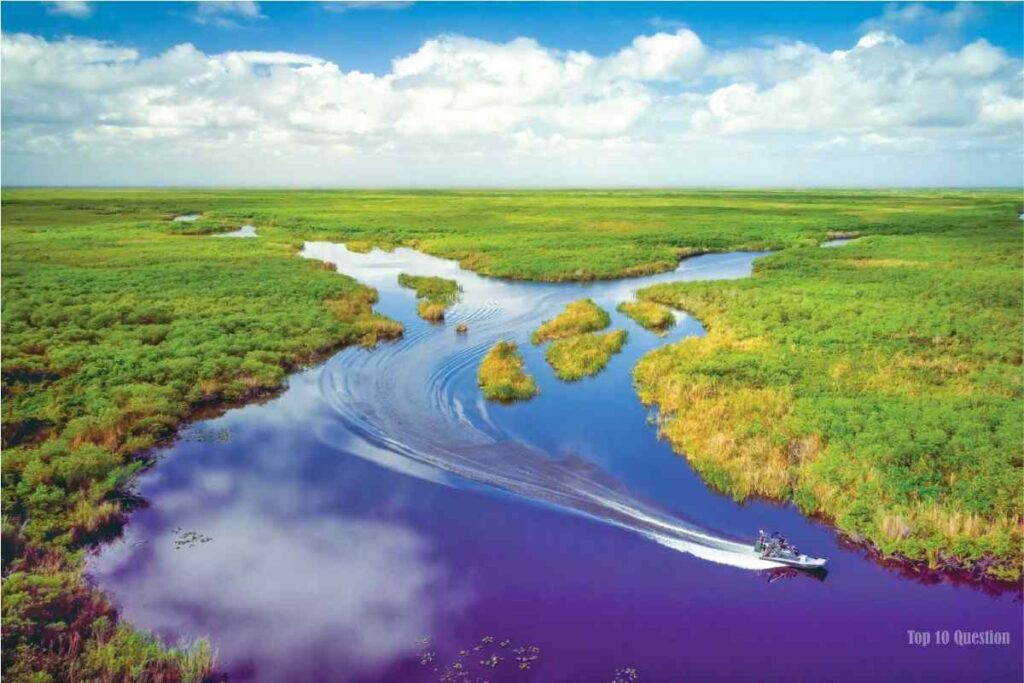
While the Everglades is an iconic wetland ecosystem, it faces threats such as habitat loss due to urban development and agricultural runoff, invasive species like Burmese pythons, and water management issues, including altered water flow patterns.
Joshua Tree National Park (California)
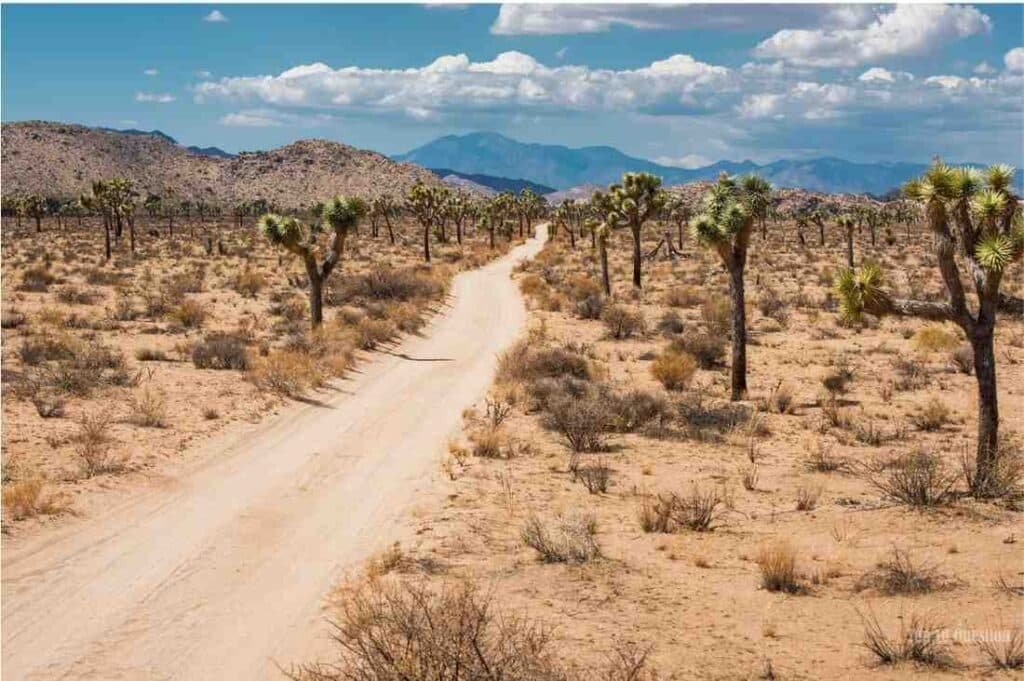
Joshua Tree has experienced issues related to vandalism, illegal off-roading, and damage to its namesake Joshua trees. Overcrowding during peak seasons has also led to challenges in maintaining the park’s fragile desert ecosystem.
Great Smoky Mountains National Park (Tennessee/North Carolina)
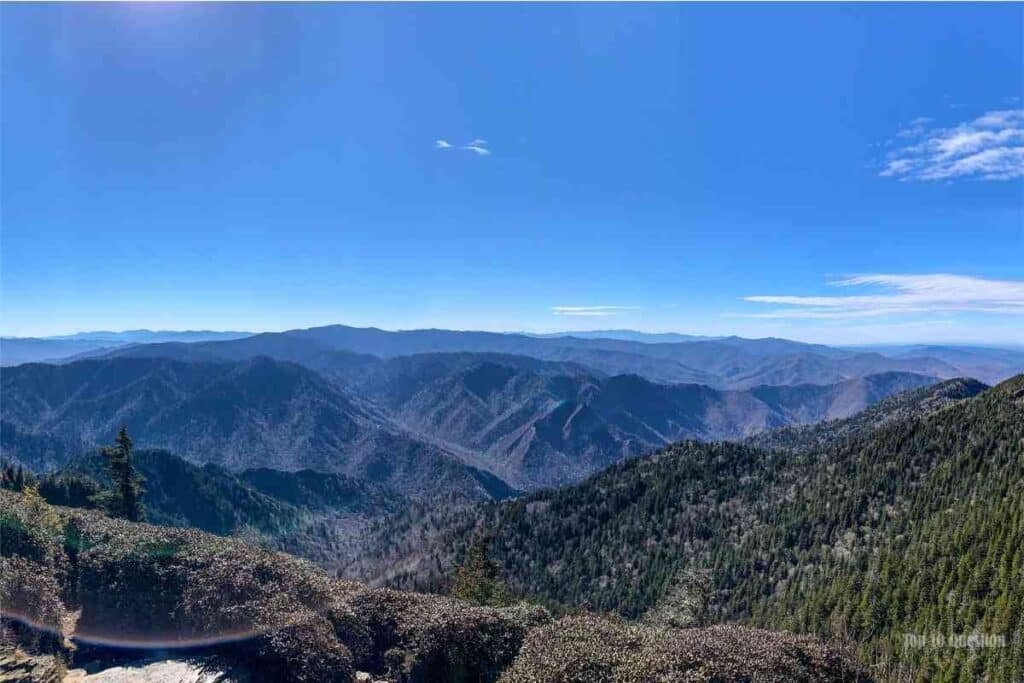
Great Smoky Mountains, while incredibly popular and biologically diverse, faces challenges such as air pollution from nearby urban areas, invasive species like the hemlock woolly adelgid, and habitat fragmentation due to development along its borders.
Yosemite National Park (California)
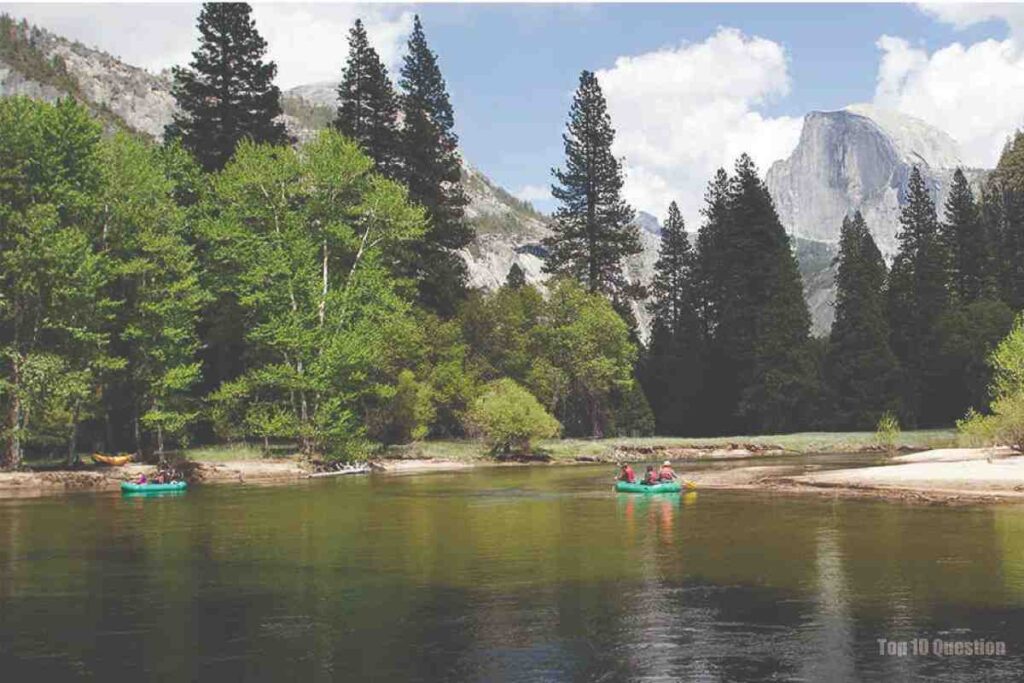
Yosemite, despite its stunning beauty, has struggled with issues such as overcrowding, traffic congestion, and impacts on its delicate ecosystems from human activity. Maintenance backlogs and infrastructure challenges have also been reported.
Yellowstone National Park (Wyoming/Montana/Idaho)
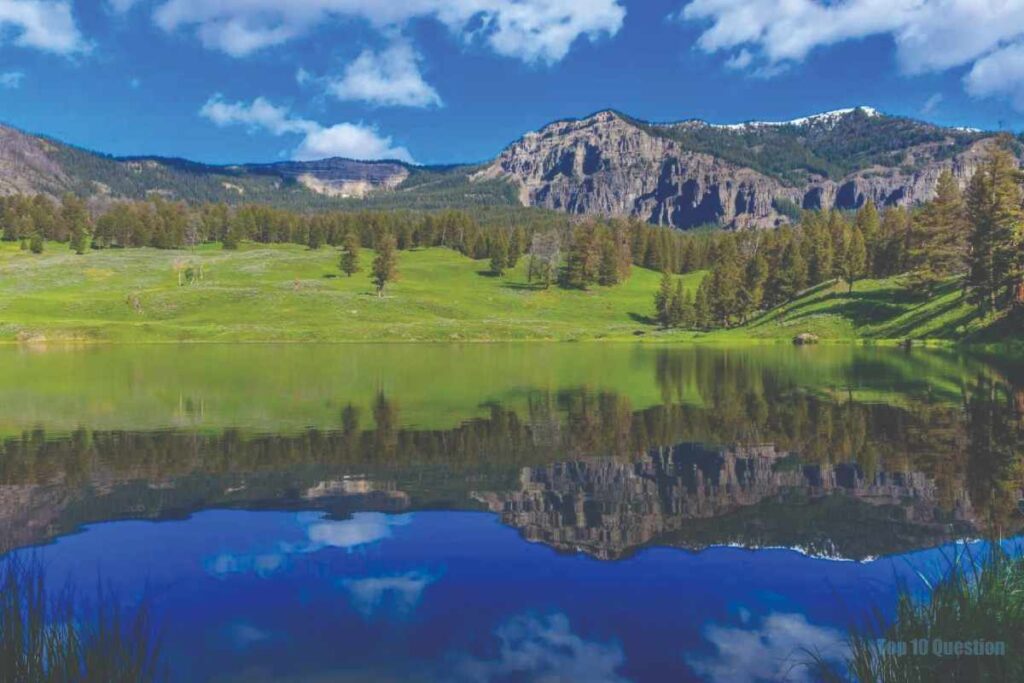
Yellowstone, one of the most famous national parks globally, faces challenges such as overcrowding during peak seasons, traffic congestion, and ecological issues like invasive species and habitat degradation due to overgrazing by elk and bison.
Grand Canyon National Park (Arizona)
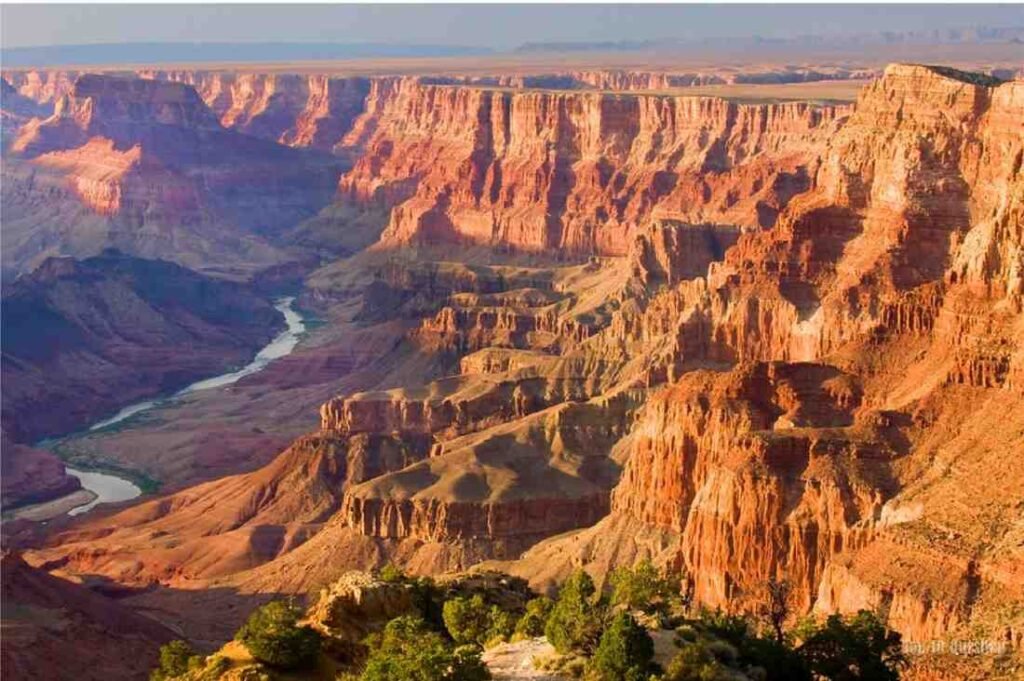
While the Grand Canyon is undoubtedly awe-inspiring, it faces challenges such as overcrowding at popular viewpoints, impacts from development and tourism infrastructure, and concerns about water quality and pollution in the Colorado River.
Zion National Park (Utah)
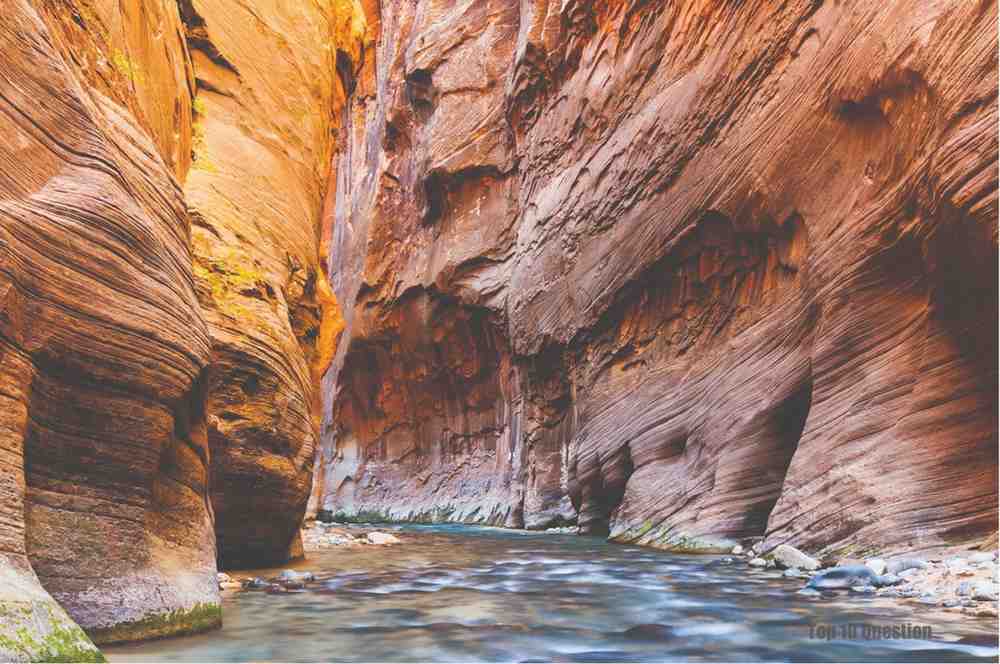
Zion has experienced issues such as overcrowding on its popular trails and shuttle system, erosion due to heavy foot traffic, and challenges related to managing visitor impacts while preserving the park’s fragile desert ecosystem.
Acadia National Park (Maine)
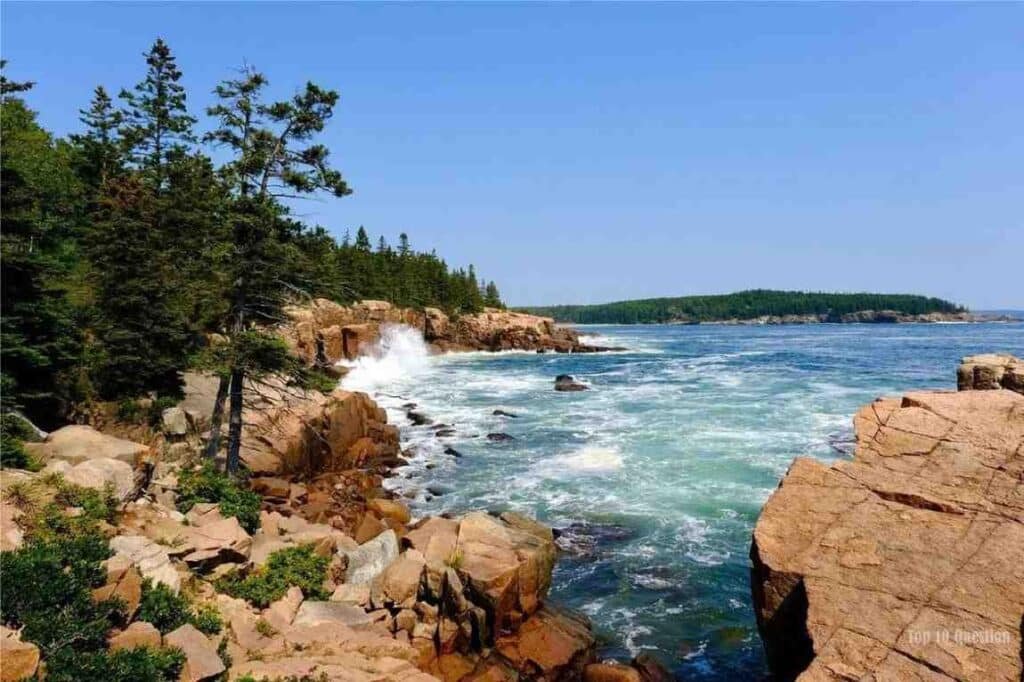
Acadia, while known for its stunning coastal landscapes, has faced issues such as overcrowding during peak tourist seasons, traffic congestion along its scenic roads, and conflicts between recreational users and conservation efforts.
Rocky Mountain National Park (Colorado)
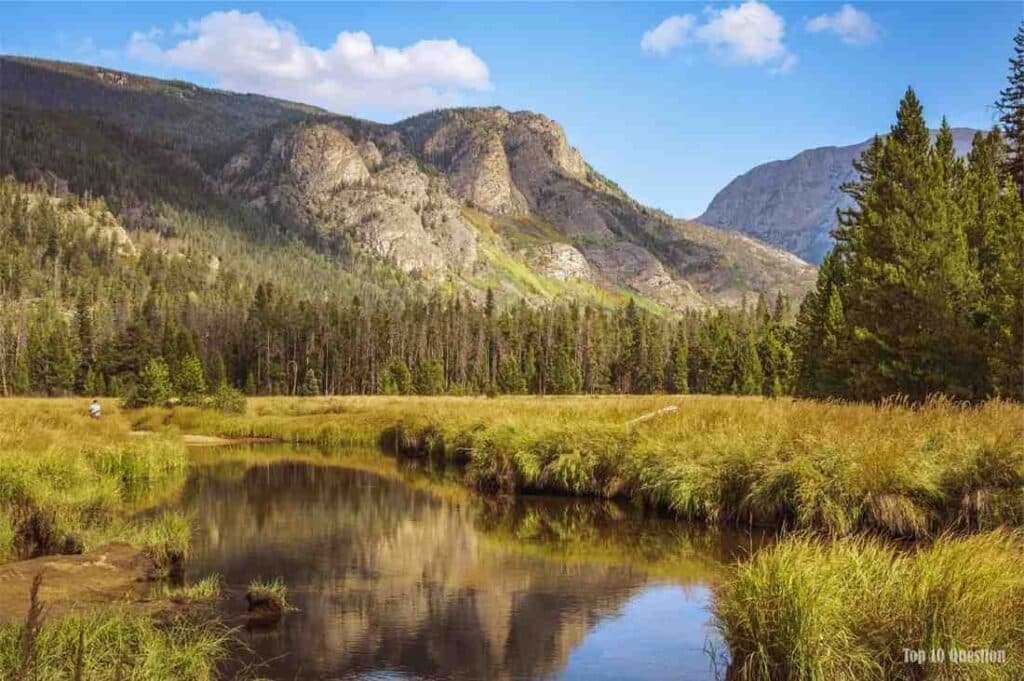
Rocky Mountain, though renowned for its alpine scenery and wildlife, has encountered challenges such as overcrowding on popular trails and at scenic viewpoints, habitat fragmentation, and concerns about air and water quality.
Olympic National Park (Washington)
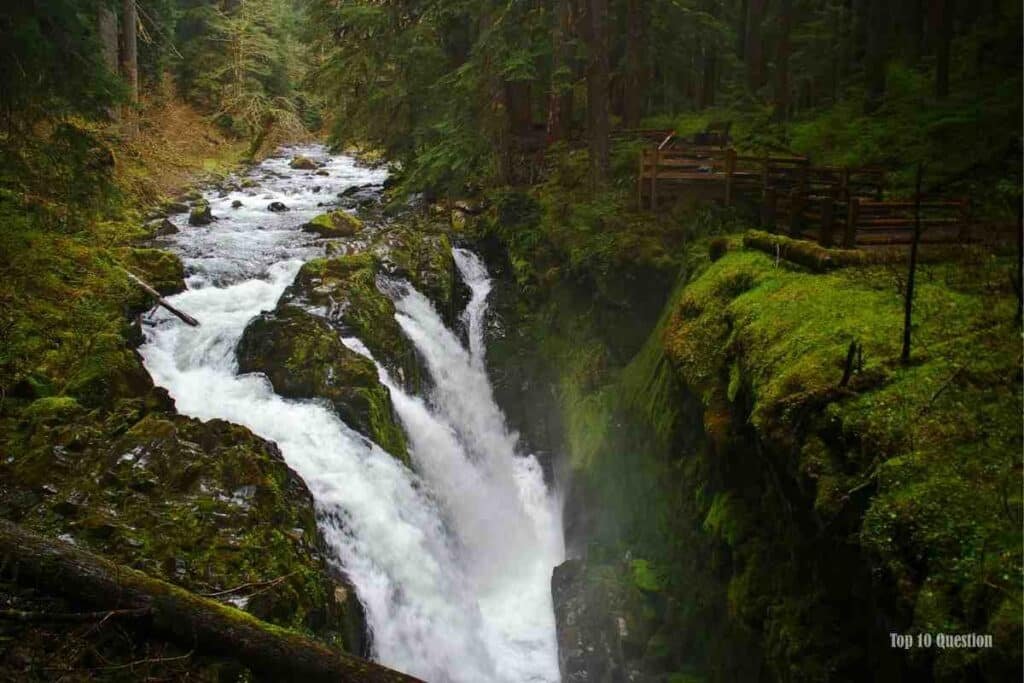
Olympic faces challenges such as habitat fragmentation due to logging and development, impacts from invasive species like the European green crab, and conflicts between conservation efforts and recreational activities such as fishing and hunting.
It’s important to recognize that while these parks face challenges, they still hold immense value in terms of biodiversity conservation, recreational opportunities, and cultural significance. Efforts are often underway to address these issues through conservation initiatives, sustainable tourism practices, and public engagement.
Read More About 10 Best Clear Lakes In Montana
Worst National Monuments
It’s important to approach the concept of “worst” national monuments with sensitivity, as each monument holds unique value, even if it faces challenges. However, some monuments may experience issues such as underfunding, insufficient protection, or controversial management decisions. Regarding Top 10 Worst National Parks in the World, here are a few national monuments in the USA that have faced significant issues:
Bears Ears National Monument (Utah)
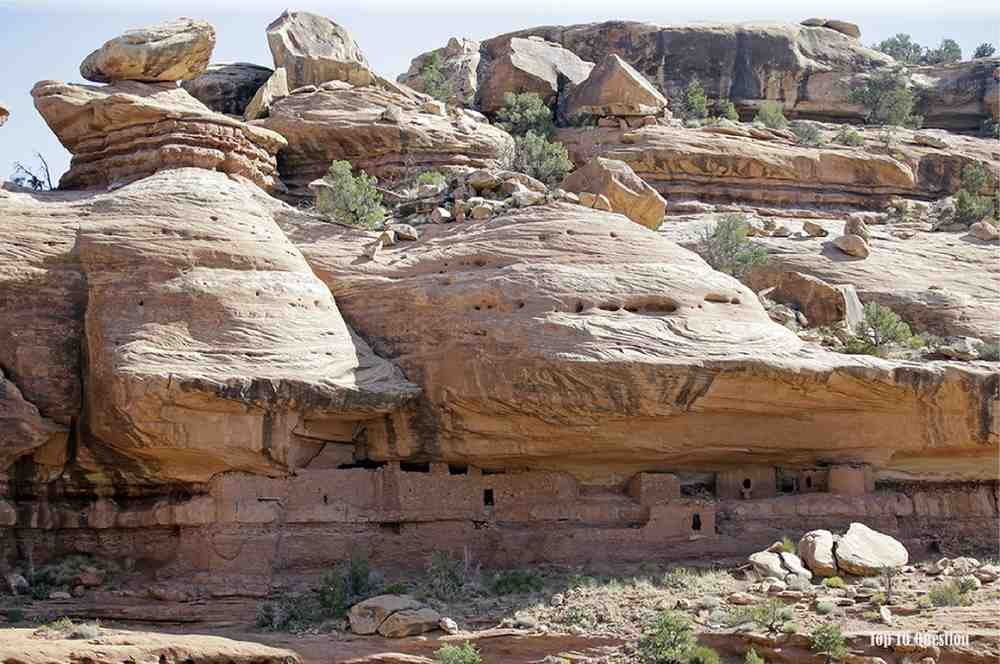
Bears Ears has been at the center of controversy due to its reduced size by the Trump administration in 2017. This decision sparked concerns about the protection of Native American cultural sites, archaeological resources, and fragile desert ecosystems. Efforts to restore the original boundaries continue to be contentious.
Grand Staircase-Escalante National Monument (Utah)
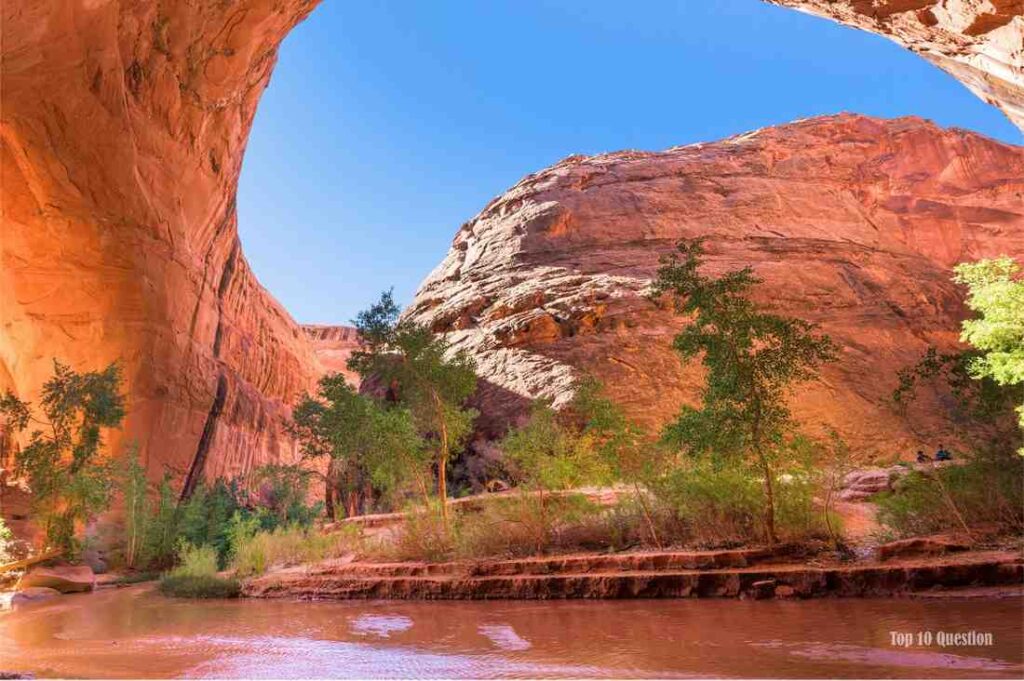
Like Bears Ears, Grand Staircase-Escalante saw significant reductions in size by the Trump administration in 2017. This decision raised concerns about the protection of unique geological formations, archaeological sites, and habitat for rare species. Litigation and efforts to restore the original boundaries persist.
Katahdin Woods and Waters National Monument (Maine)
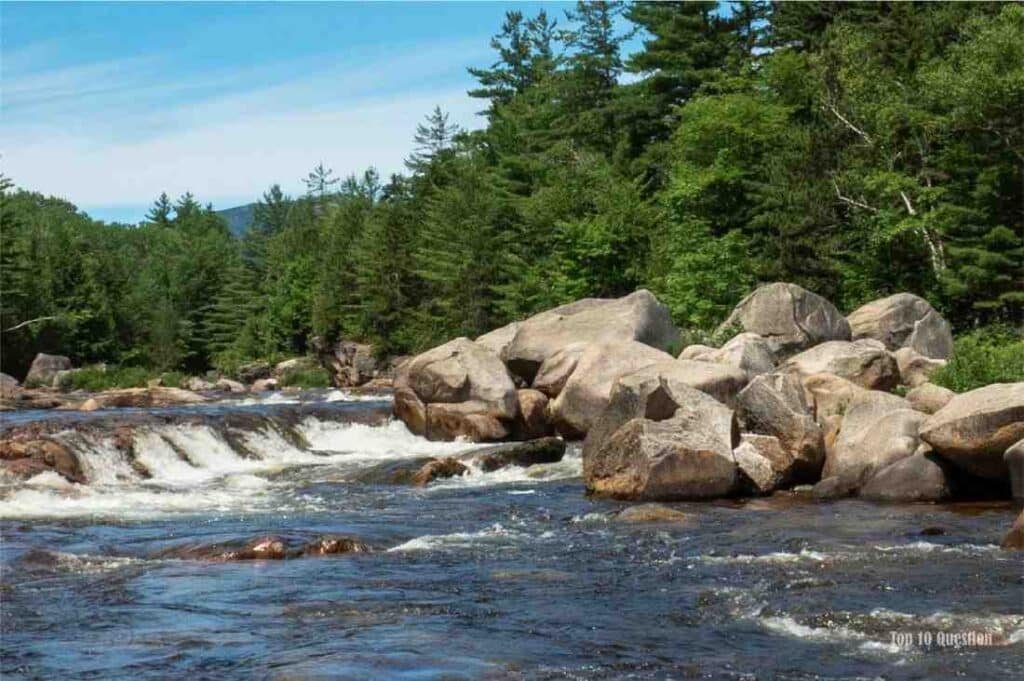
This monument has faced challenges related to limited infrastructure, including access roads and visitor facilities, as well as controversy over its designation and management. Disagreements over land use and resource extraction have also arisen between local stakeholders and conservation advocates.
Hanford Reach National Monument (Washington)
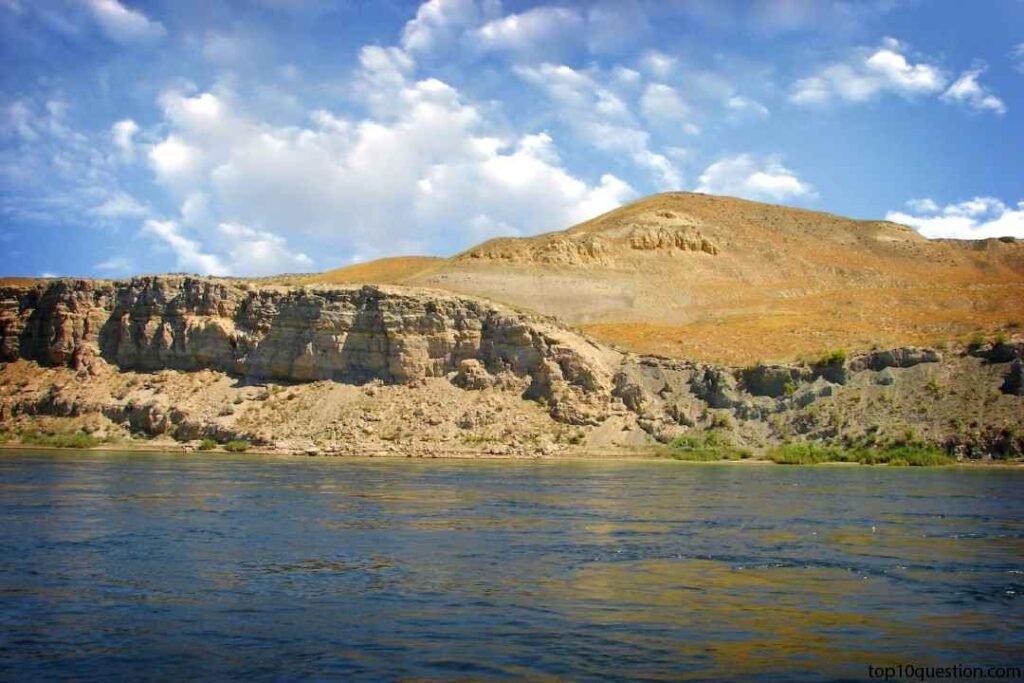
Hanford Reach, established to protect one of the last free-flowing stretches of the Columbia River, has faced concerns related to contamination from historical nuclear activities at the nearby Hanford Site. Cleanup efforts and ensuring public safety while allowing access for recreation remain ongoing challenges.
Carrizo Plain National Monument (California)
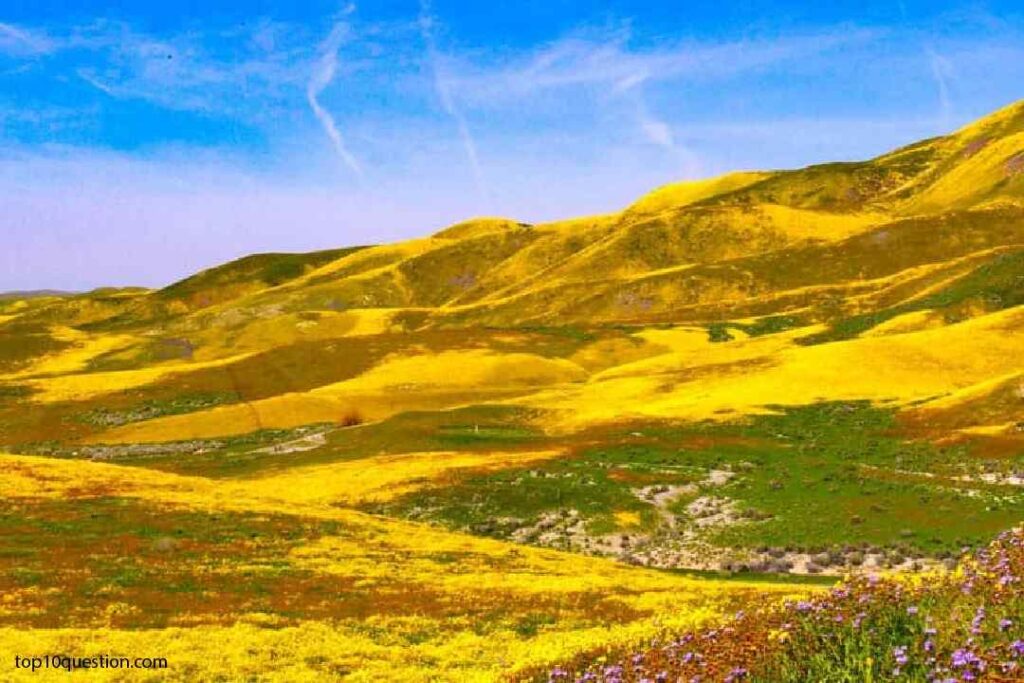
Carrizo Plain has encountered issues such as habitat fragmentation, invasive species, and challenges related to managing recreational activities while preserving sensitive ecosystems. Conservation efforts are underway to protect its unique grasslands, wildflower blooms, and cultural resources.
Organ Mountains-Desert Peaks National Monument (New Mexico)
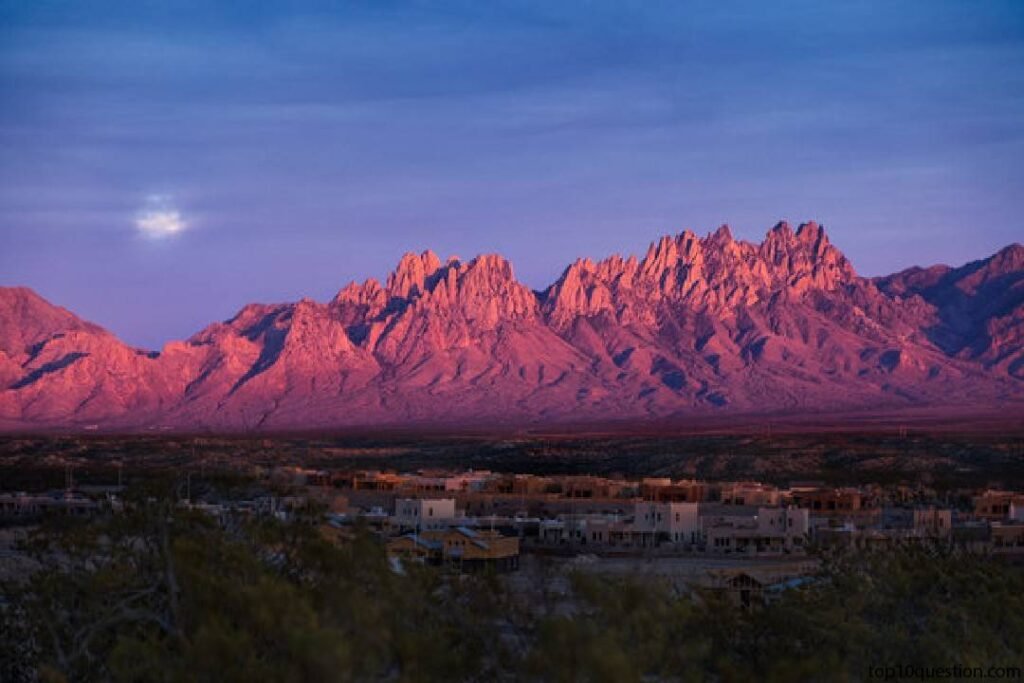
This monument has faced debates over its boundaries and management, particularly regarding grazing rights, access for hunting and outdoor recreation, and concerns about border security. Balancing conservation goals with economic interests and cultural heritage preservation remains a challenge.
Fort Monroe National Monument (Virginia)
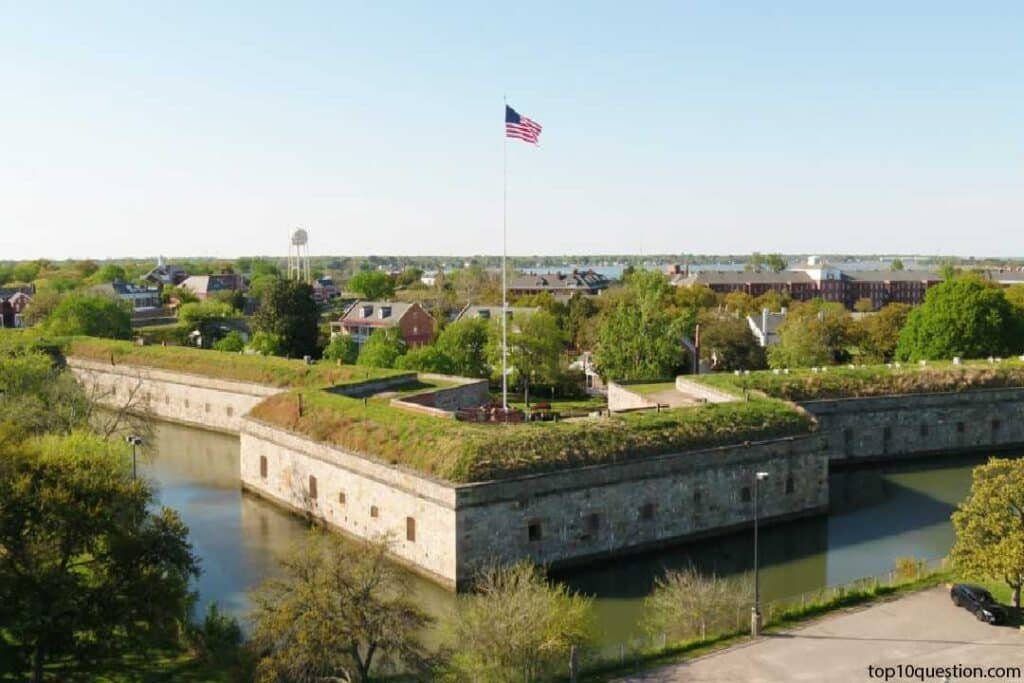
While Fort Monroe commemorates significant events in American history, including slavery and the Civil War, it has faced challenges related to funding for restoration and maintenance of historic structures, interpretation, and public access. Efforts to enhance visitor experiences and community engagement continue.
Papahānaumokuākea Marine National Monument (Hawaii)
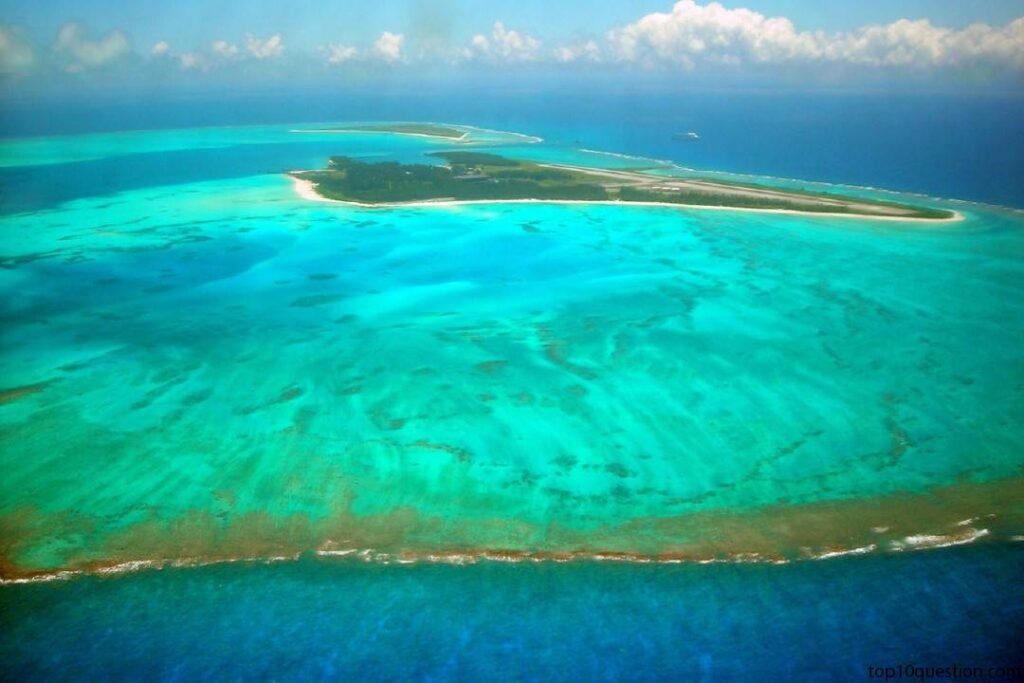
Papahānaumokuākea, though recognized for its ecological importance and cultural significance to Native Hawaiian communities, faces challenges such as marine debris pollution, illegal fishing, and impacts from climate change on coral reefs and marine biodiversity. Conservation efforts and partnerships are critical for its protection.
Canyons of the Ancients National Monument (Colorado)
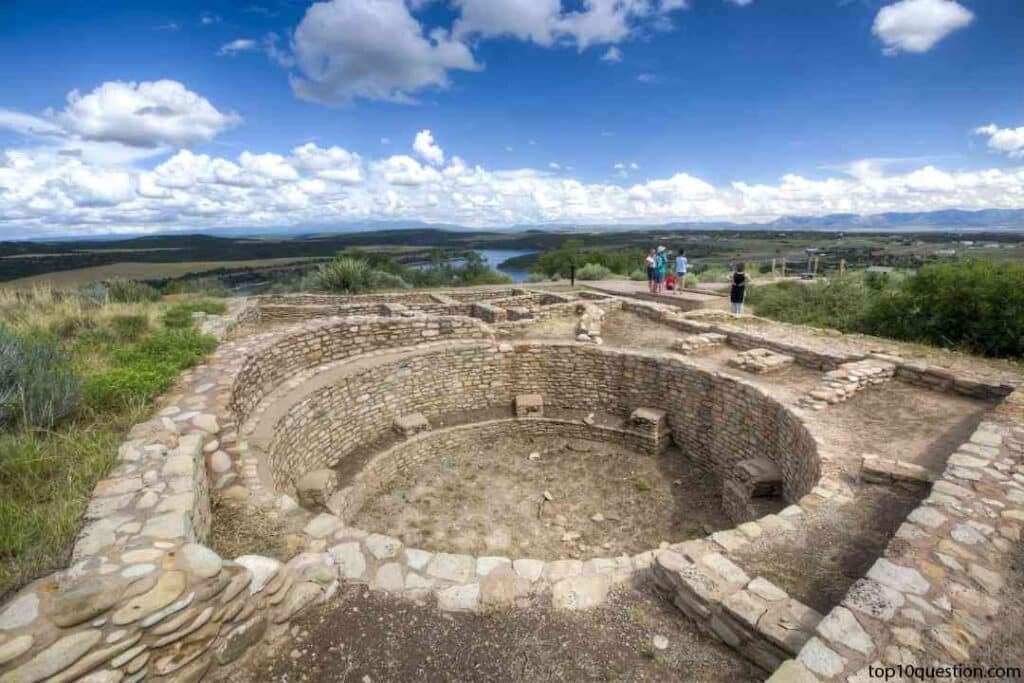
This monument has faced issues such as vandalism, looting of archaeological sites, and challenges related to managing visitation while protecting fragile cultural resources. Collaborative efforts involving federal agencies, tribes, and local stakeholders aim to address these concerns.
Ironwood Forest National Monument (Arizona)
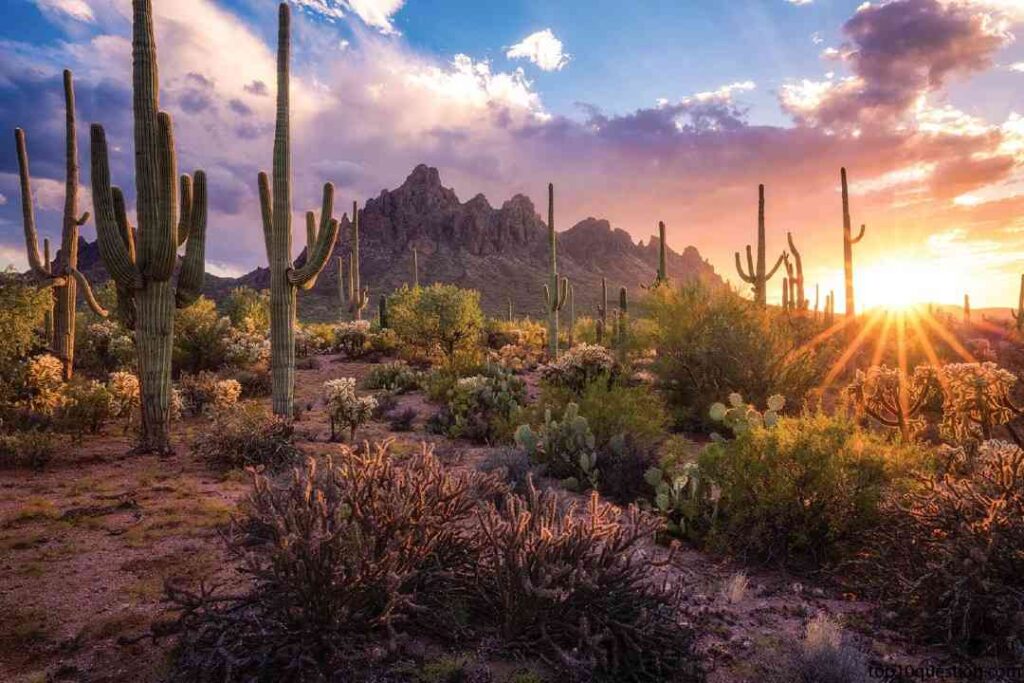
Ironwood Forest has encountered challenges such as habitat degradation from off-road vehicle use, illegal dumping, and conflicts over grazing rights. Conservation efforts focus on restoring desert ecosystems, protecting iconic ironwood trees, and enhancing public awareness and stewardship.
While these national monuments face challenges, they also represent significant cultural, historical, and natural heritage that contributes to the diversity and richness of America’s protected lands. Efforts to address management issues, engage local communities, and ensure long-term conservation are crucial for their continued preservation and enjoyment by future generations.
Read More About Top 8 Best Places to Live in Alaska (in 2024)
Worst National Parks for Kids
When considering national parks for children, it’s essential to acknowledge that each park offers unique opportunities for exploration and education. However, some parks may present challenges or be less suitable for young children due to factors such as rugged terrain, limited facilities, or specific safety concerns. Regarding Top 10 Worst National Parks in the World, here are a few such places that may be less ideal for younger visitors:
Gates of the Arctic National Park and Preserve (Alaska)
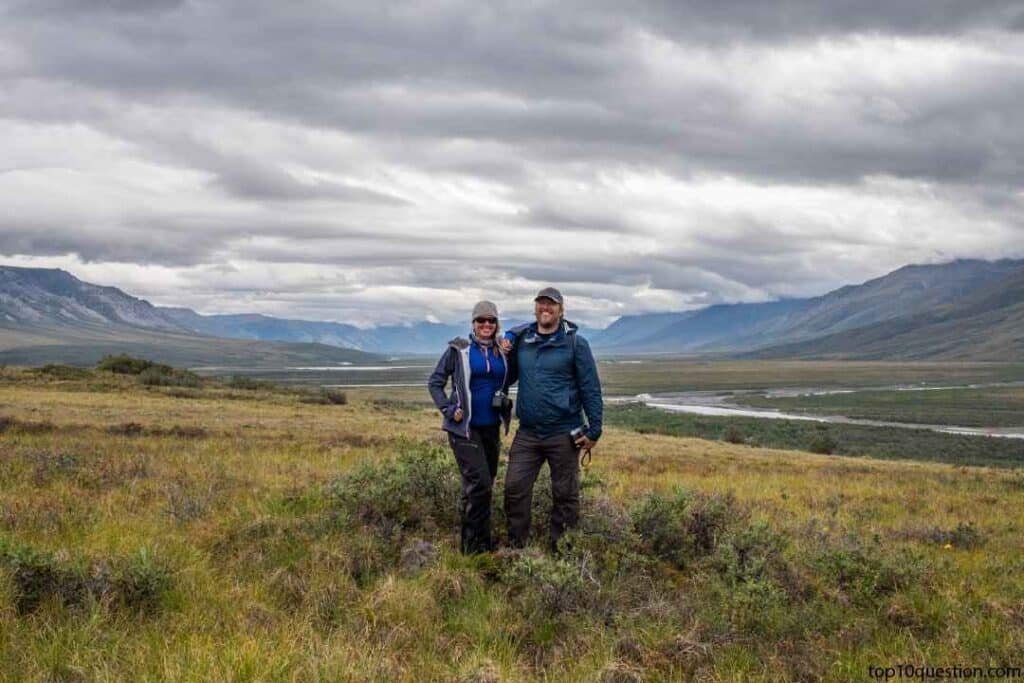
Known for its remote wilderness and lack of developed infrastructure, Gates of the Arctic can be challenging for families with young children due to its rugged terrain, harsh weather conditions, and limited accessibility. The park’s wilderness character may not offer the amenities or activities typically enjoyed by families with children.
Denali National Park and Preserve (Alaska)
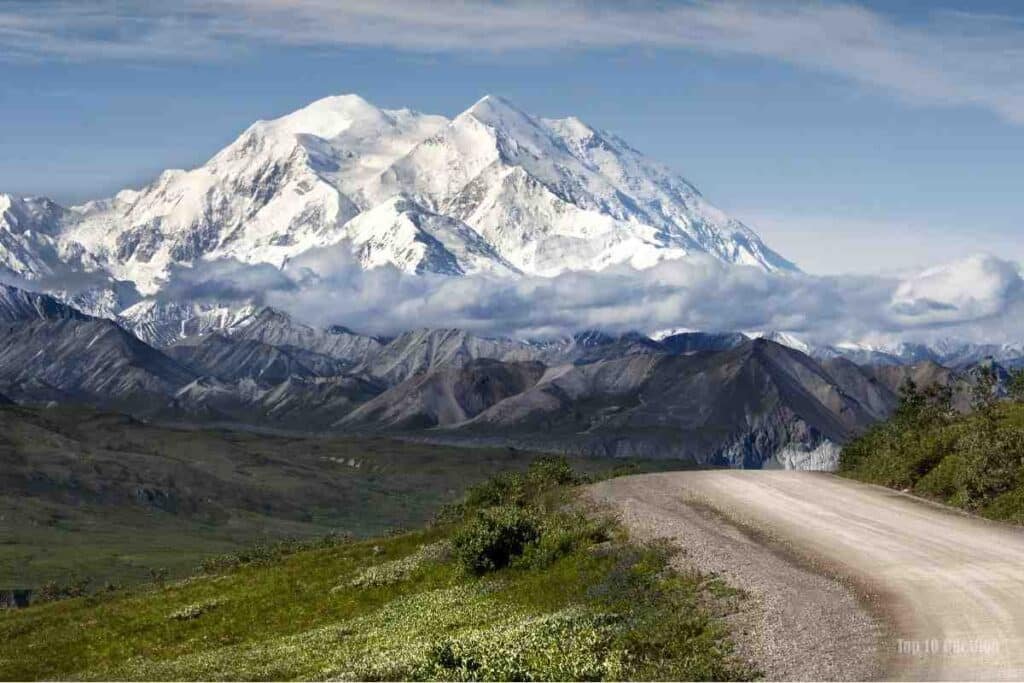
Denali’s vast wilderness and rugged terrain may pose challenges for families with young children, especially on backcountry trails or during wildlife viewing excursions. Weather conditions can be unpredictable, and services and facilities may be limited, particularly outside of the main visitor season.
Channel Islands National Park (California)
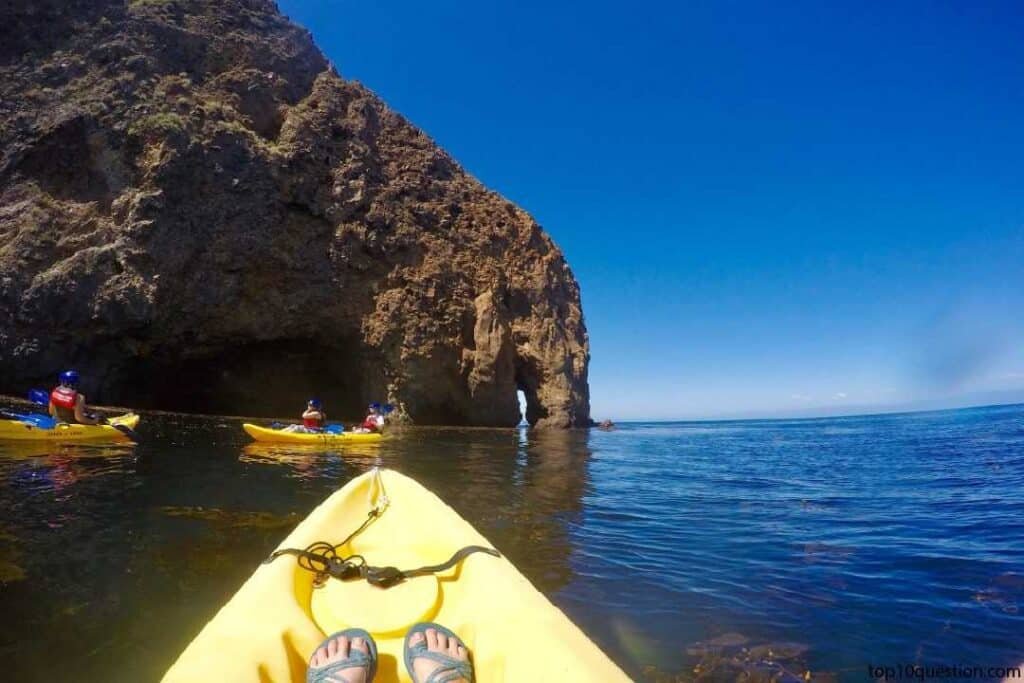
While Channel Islands offers unique opportunities for outdoor exploration and marine activities, accessing the park requires a boat or plane ride from the mainland, which may not be suitable for all families with young children. Rough seas, limited facilities, and the need for advanced planning can also make visits challenging.
Wrangell-St. Elias National Park and Preserve (Alaska)
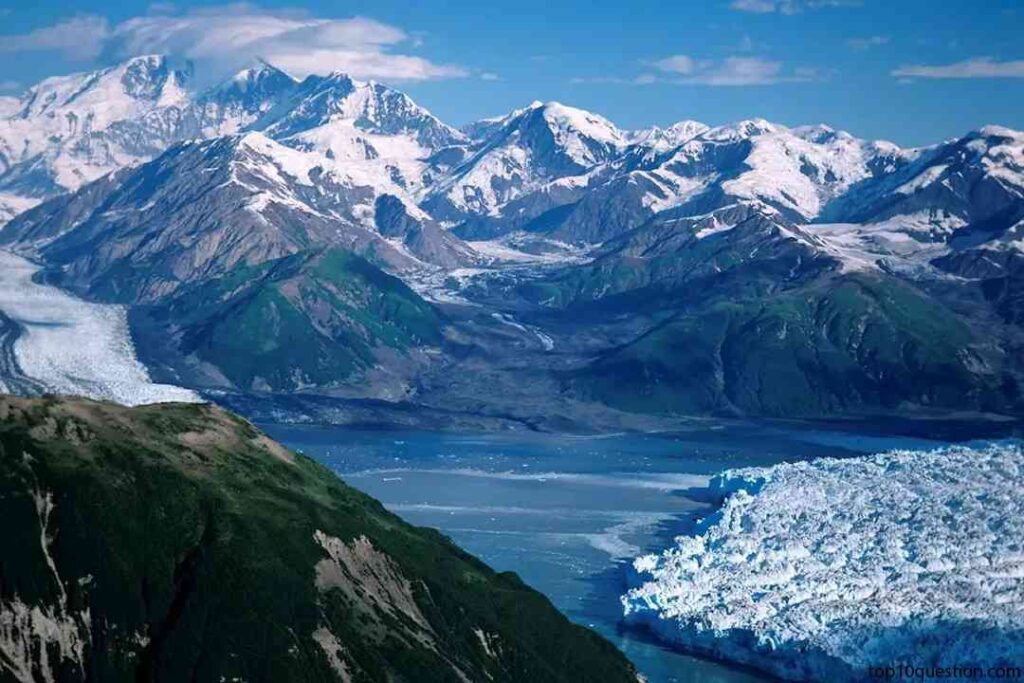
As the largest national park in the United States, Wrangell-St. Elias encompasses vast wilderness areas, rugged mountains, and glaciers. While the park offers opportunities for outdoor adventure and exploration, its remote location, variable weather conditions, and limited services may not be conducive to family visits with young children.
North Cascades National Park (Washington)
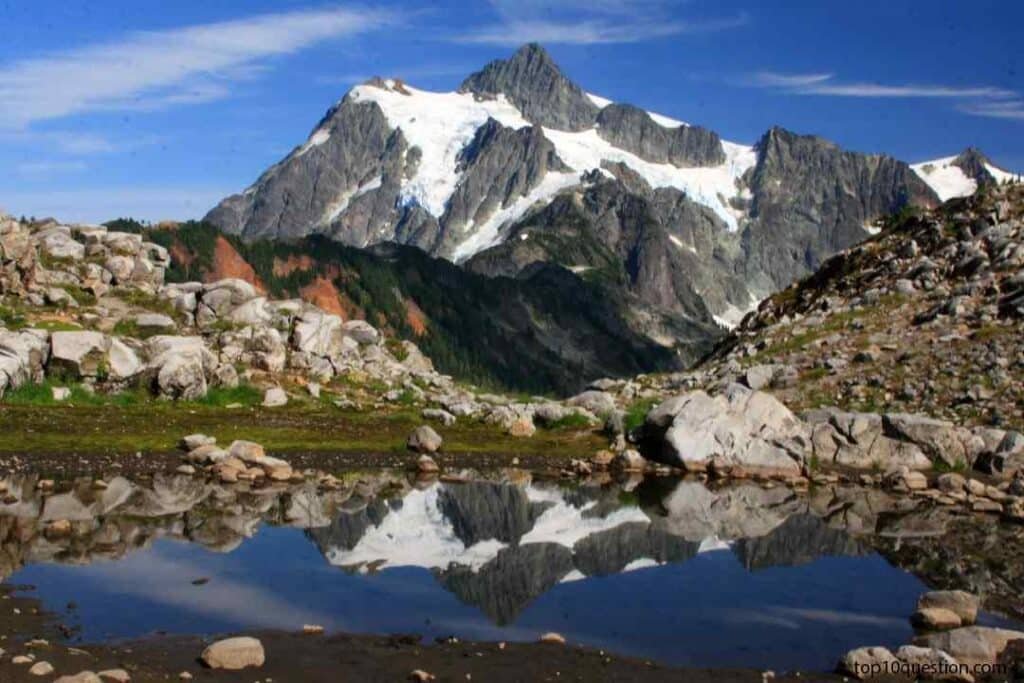
North Cascades is known for its rugged mountain landscapes, dense forests, and extensive trail system. While the park offers opportunities for hiking, camping, and wildlife viewing, some of its backcountry areas may not be suitable for families with young children due to steep terrain, challenging trails, and potential safety hazards.
Katmai National Park and Preserve (Alaska)
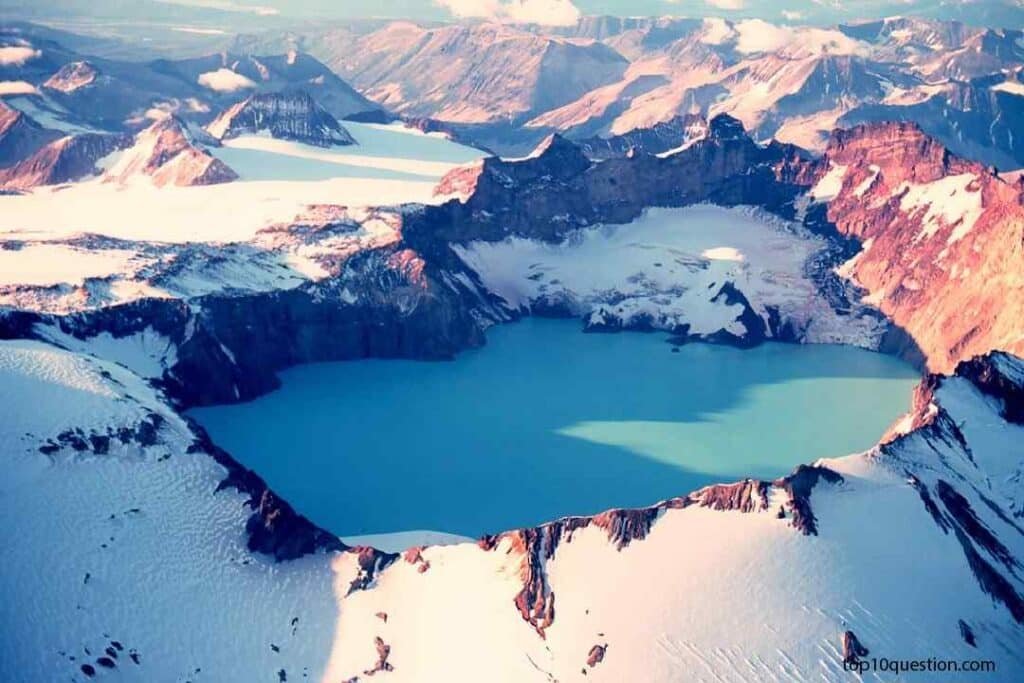
Katmai is renowned for its population of brown bears and unique volcanic landscapes. While the park offers opportunities for wildlife viewing and outdoor recreation, its remote location, limited visitor facilities, and potential encounters with wildlife may not be suitable for families with young children.
Isle Royale National Park (Michigan)
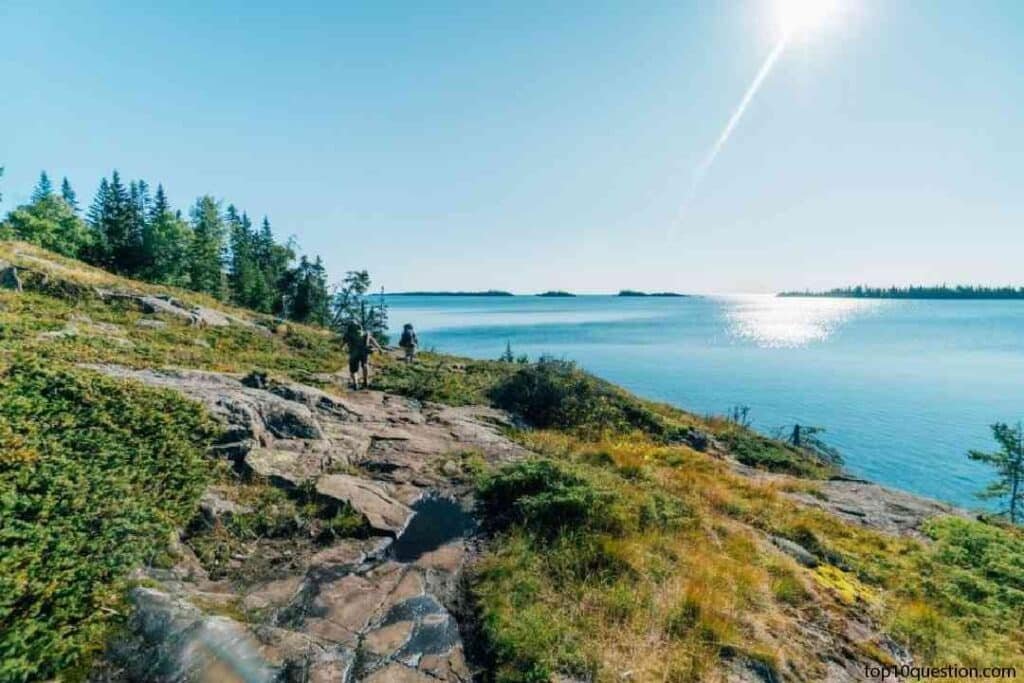
Accessible only by ferry or seaplane, Isle Royale offers opportunities for hiking, camping, and wildlife viewing in a remote island setting. However, the park’s limited services, rugged terrain, and variable weather conditions may not be ideal for families with young children, especially during the offseason.
Kobuk Valley National Park (Alaska)
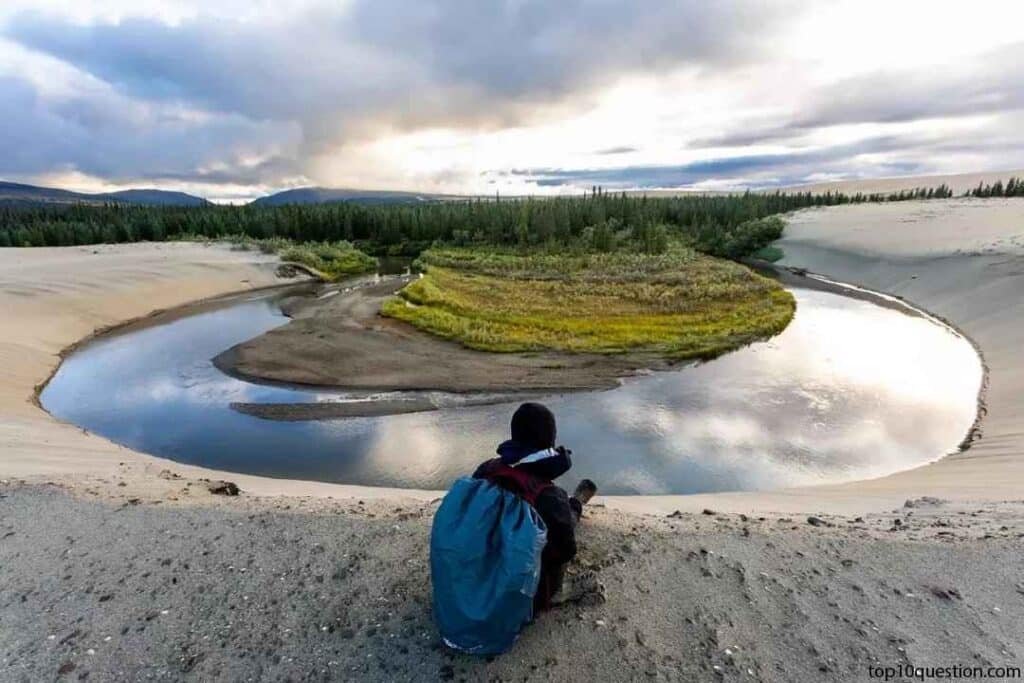
Kobuk Valley’s vast sand dunes, Arctic tundra, and caribou migration routes offer unique opportunities for wilderness exploration. However, the park’s remote location, harsh climate, and lack of visitor facilities may present challenges for families with young children, particularly in terms of accessibility and safety.
Dry Tortugas National Park (Florida)
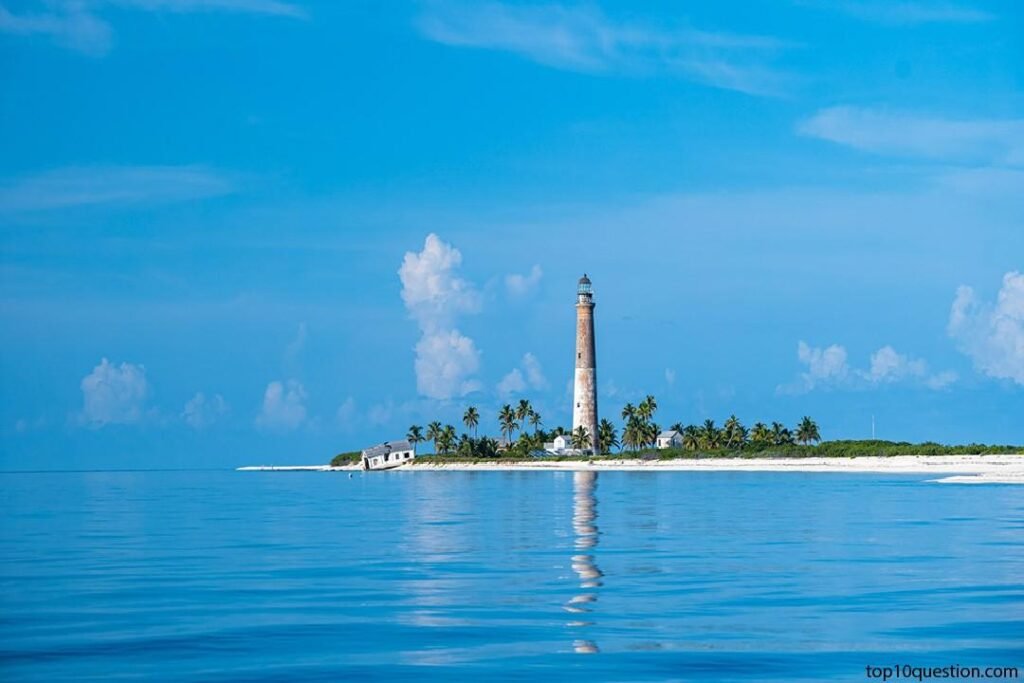
Situated about 70 miles west of Key West, Dry Tortugas is known for its historic fort, pristine beaches, and vibrant coral reefs. While the park offers opportunities for snorkeling, swimming, and exploring historic sites, its remote location, limited transportation options, and lack of amenities may not be suitable for families with young children.
Lake Clark National Park and Preserve (Alaska)
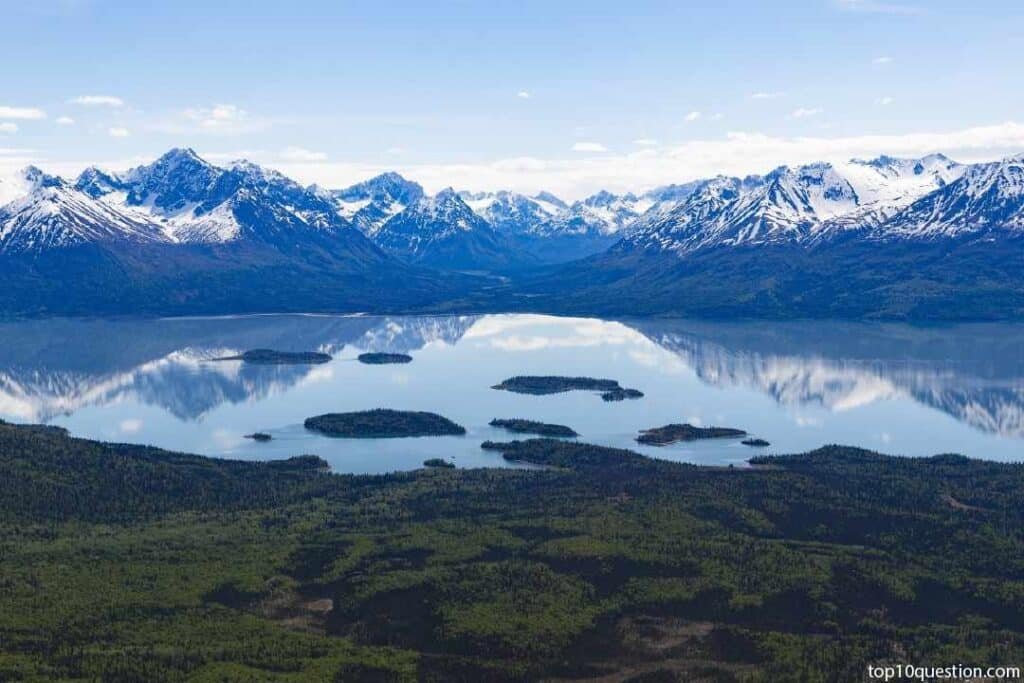
Lake Clark encompasses diverse landscapes, including mountains, glaciers, and coastal areas. While the park offers opportunities for outdoor recreation and wildlife viewing, its remote location, rugged terrain, and limited visitor services may present challenges for families with young children, especially in terms of logistics and safety considerations.
While these places may pose challenges for families with young children, they still offer valuable opportunities for outdoor adventure, education, and appreciation of nature. Families planning visits to these parks should carefully consider factors such as accessibility, safety, and the availability of amenities to ensure an enjoyable and memorable experience for everyone. Additionally, engaging children in age-appropriate activities and educational programs can enhance their understanding and appreciation of the natural world.
Read More About Top 10 things that happened in 2023
Queries
- What is the lowest rated national park?
It’s challenging to pinpoint a single “lowest rated” park, as ratings and opinions can vary widely depending on individual experiences and preferences. However, some parks may face challenges or receive lower ratings due to factors such as overcrowding, limited facilities, environmental issues, or management controversies. Parks that have faced criticism or challenges in recent years include those like Joshua Tree National Park in California, which has experienced issues with vandalism, overcrowding, and resource management. However, it’s important to note that even parks with lower ratings can still offer valuable natural and cultural resources, and efforts are often underway to address challenges and improve visitor experiences.
- What is the least visited national park?
The United States is often considered to be Gates of the Arctic National Park and Preserve in Alaska. Due to its extremely remote location and lack of road access, Gates of the Arctic receives relatively few visitors compared to other places. Its vast wilderness, rugged terrain, and challenging logistics make it a destination primarily for adventurous backpackers, wilderness enthusiasts, and experienced outdoor travelers. Despite its low visitation numbers, Gates of the Arctic offers unparalleled opportunities for solitude, wilderness exploration, and wildlife viewing in a pristine Arctic landscape.
- What is the hardest national park to visit?
The hardest national park to visit is often considered to be Katmai National Park and Preserve in Alaska. Accessible only by air or water, Katmai’s remote location and lack of road access make it challenging to reach. Visitors typically fly into the park via small aircraft or floatplane from nearby communities such as King Salmon or Kodiak. Once in the park, transportation options are limited, and visitors must be prepared for rugged terrain, variable weather conditions, and encounters with wildlife, including brown bears. Despite its logistical challenges, Katmai offers unparalleled opportunities for wilderness exploration, wildlife viewing, and outdoor adventure in a pristine Alaskan landscape.
- What is the biggest problem for national parks?
The threat of environmental degradation and habitat loss due to factors such as climate change, pollution, invasive species, and human encroachment. These challenges can lead to habitat fragmentation, loss of biodiversity, and disruption of delicate ecosystems within national places. Additionally, overcrowding and unsustainable visitor use can strain park resources, degrade natural landscapes, and diminish the quality of visitor experiences. Balancing conservation efforts with the need to accommodate increasing visitor numbers while mitigating environmental impacts remains a significant challenge for such places worldwide.
Top 10 Question Trusts you’ll enjoy this topic of Top 10 Worst National Parks in the World, we believe that our article will be understandable and useful for you. If you have questions or want to share, please feel free to leave a comment.
Thanks for visiting top 10 question!